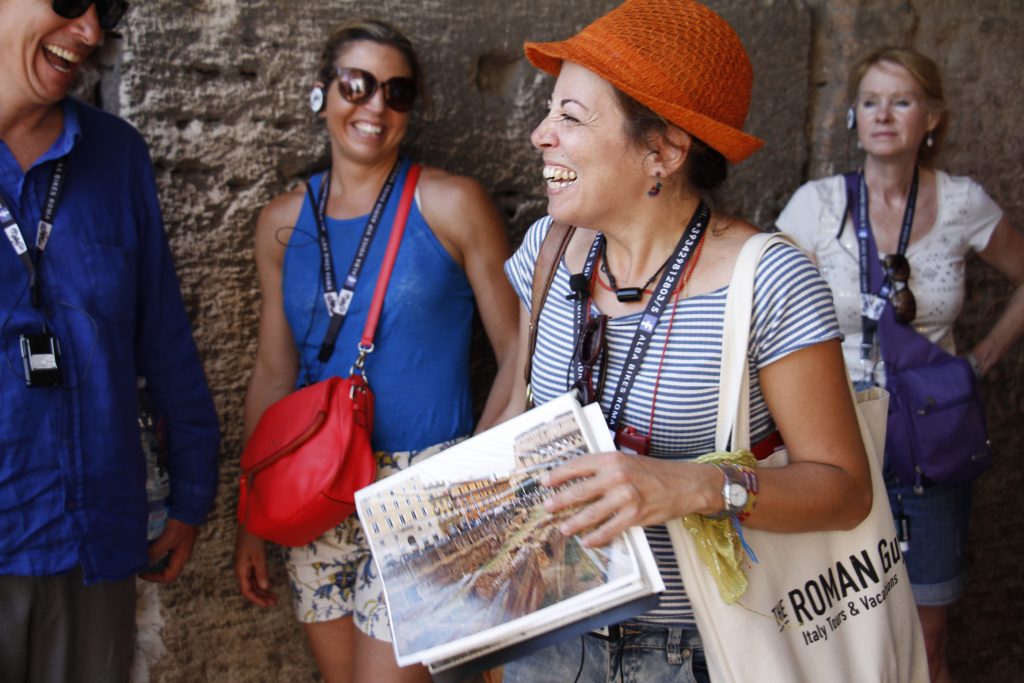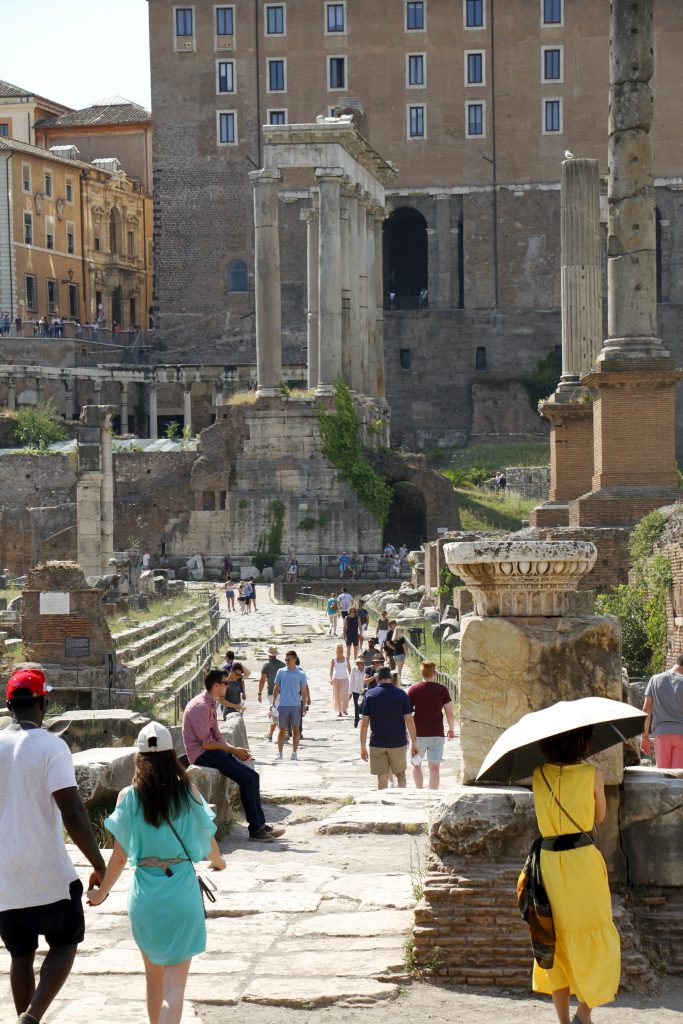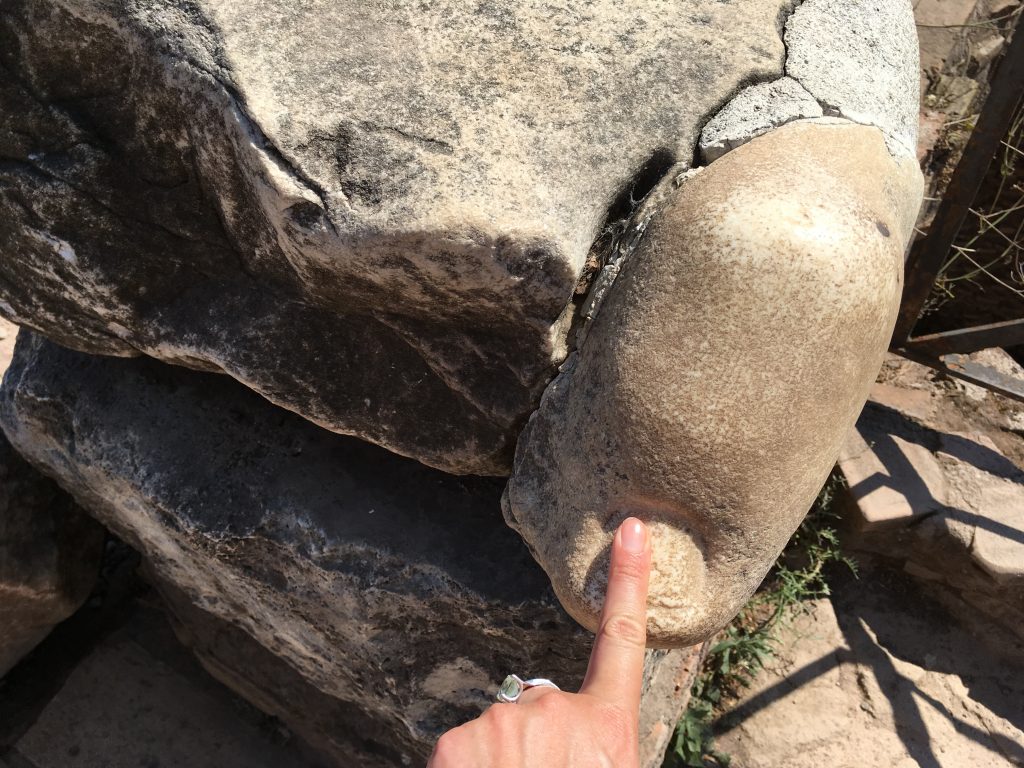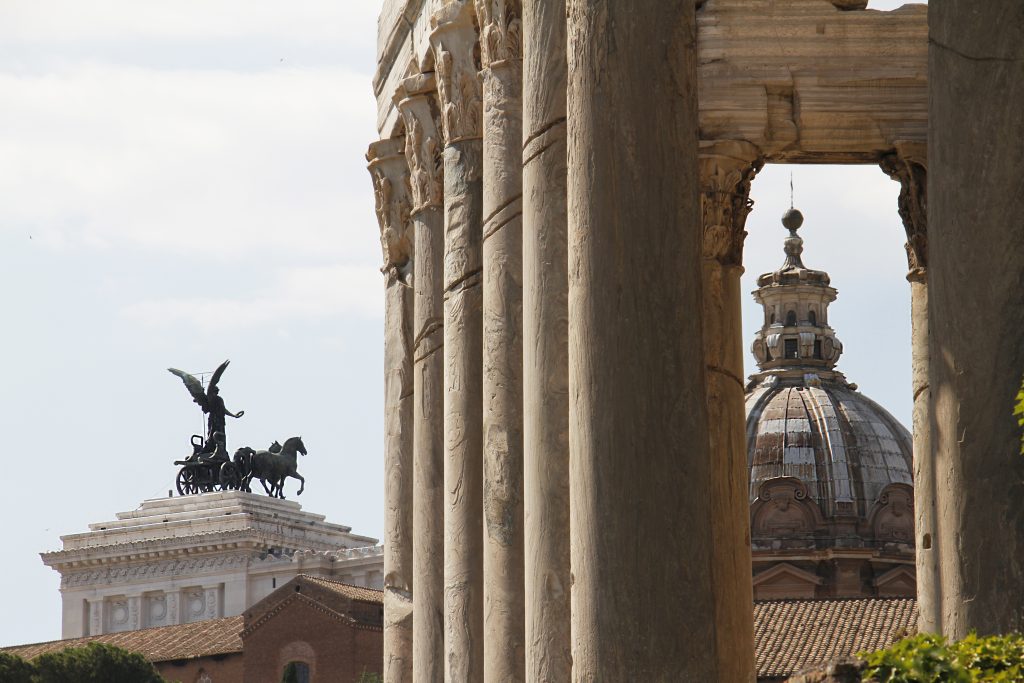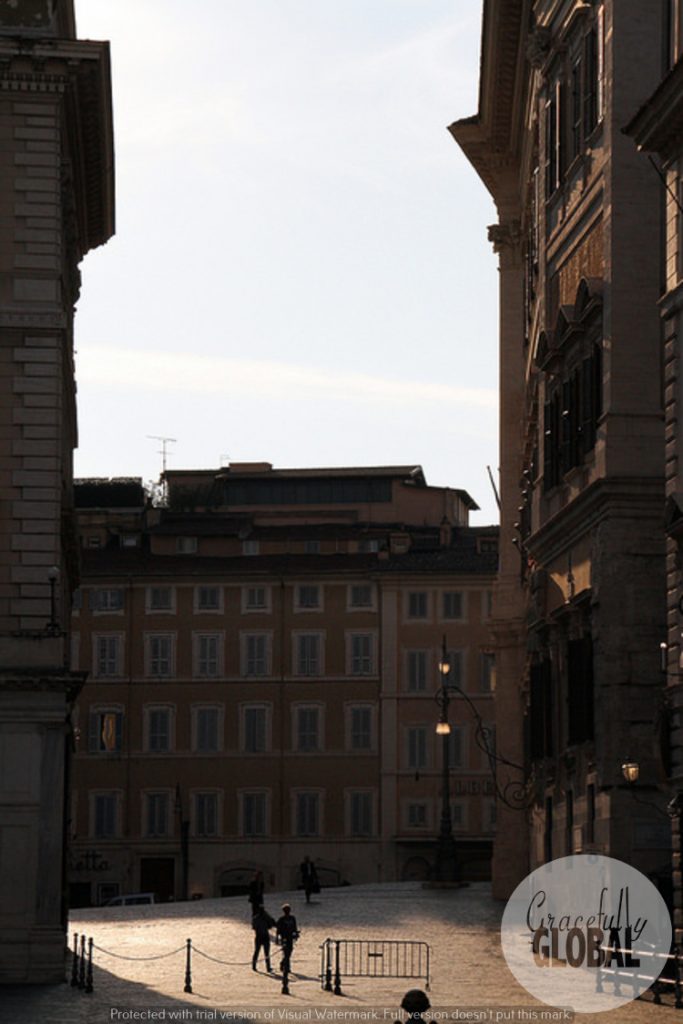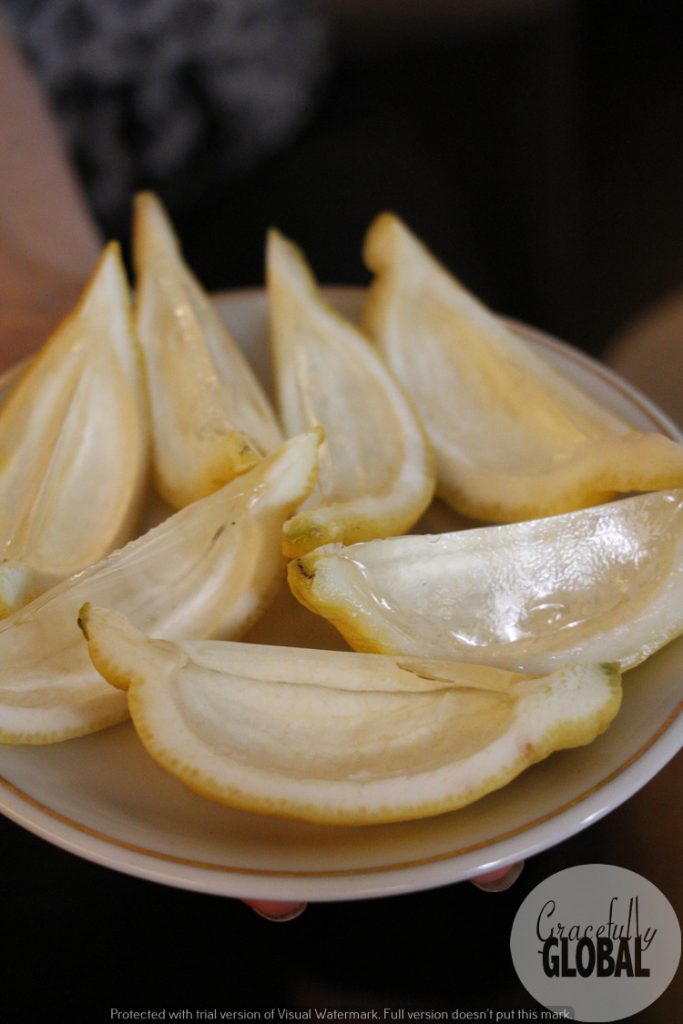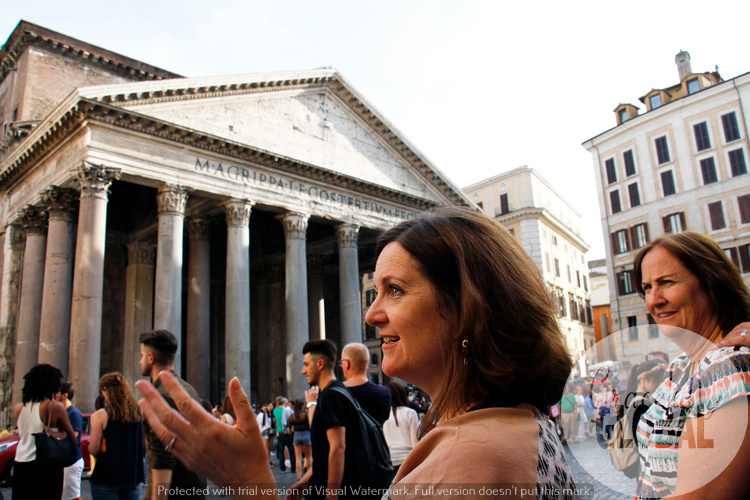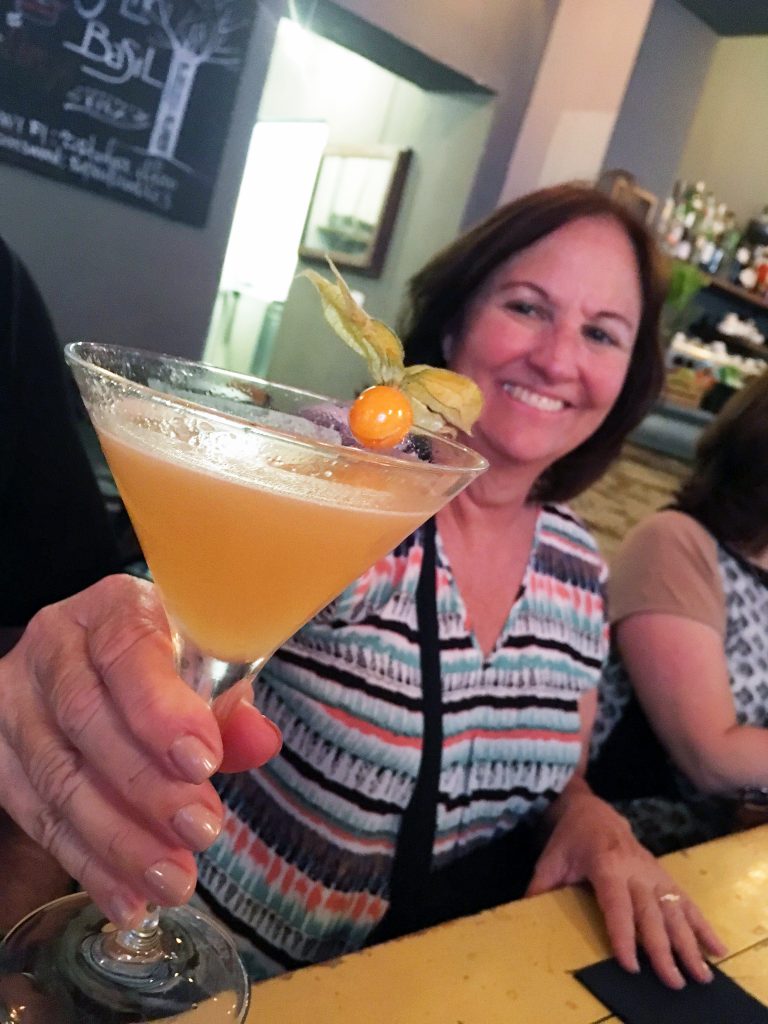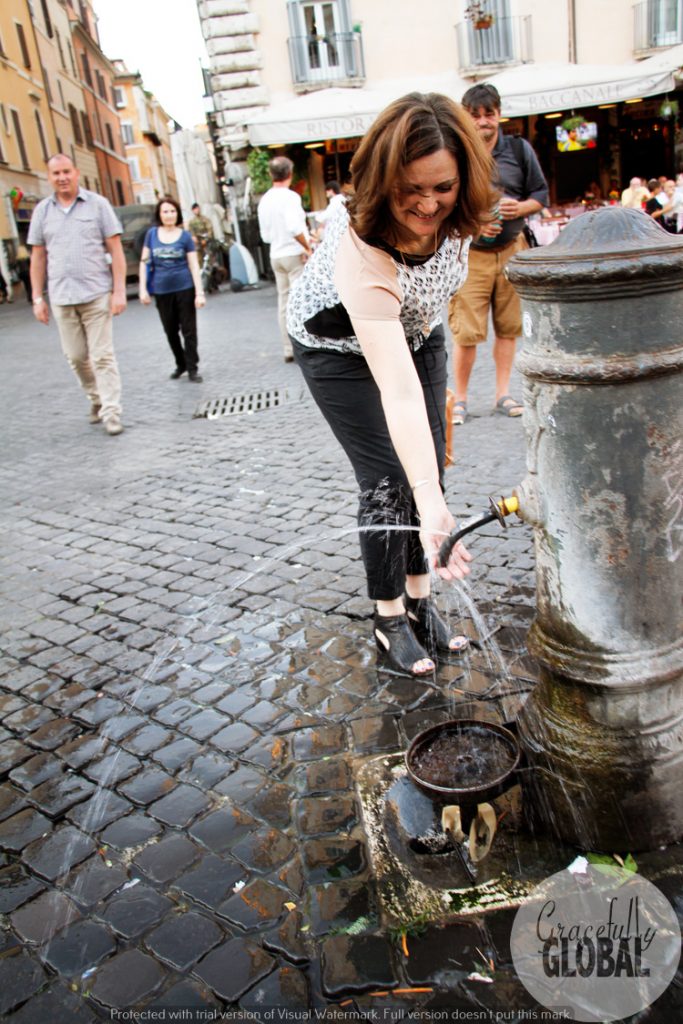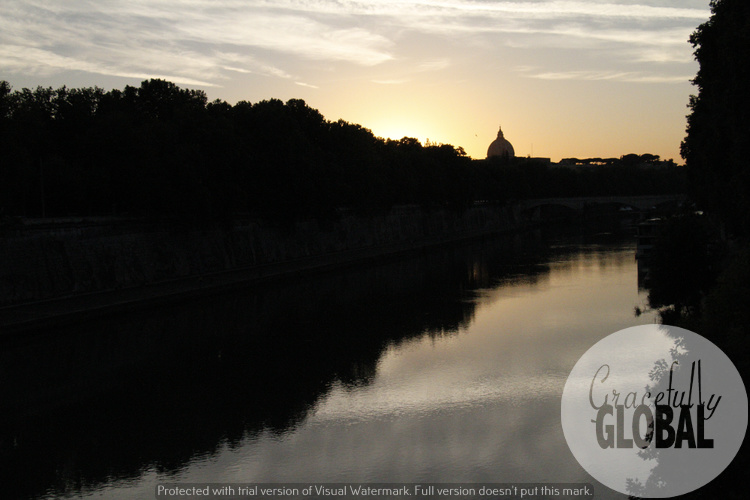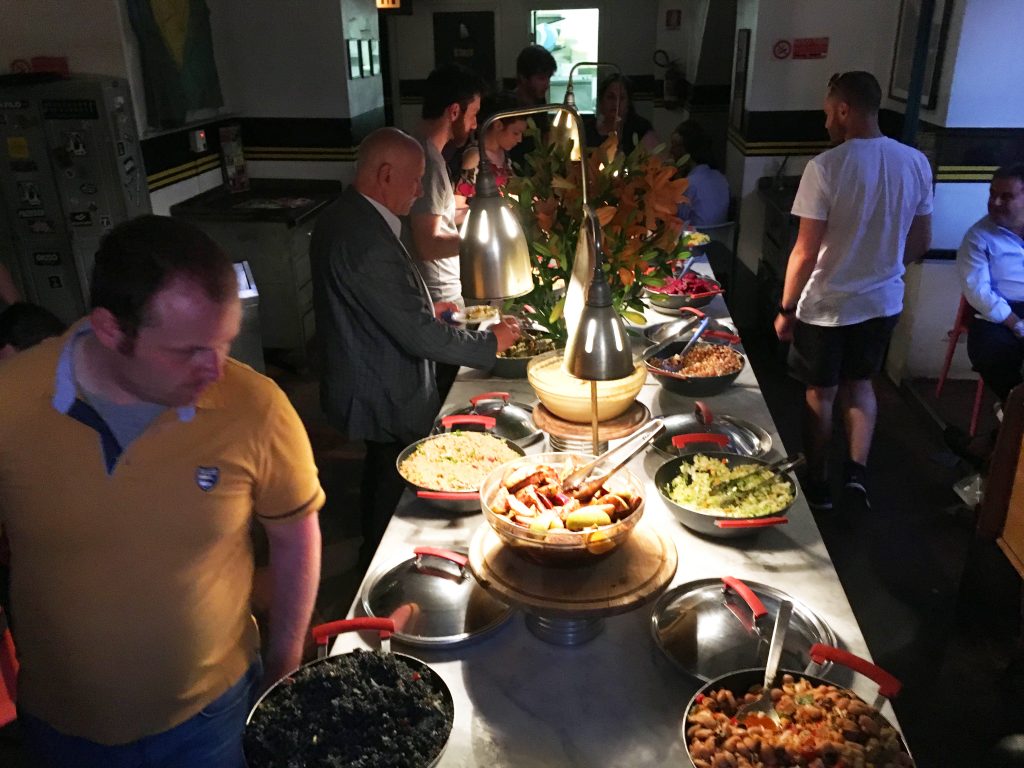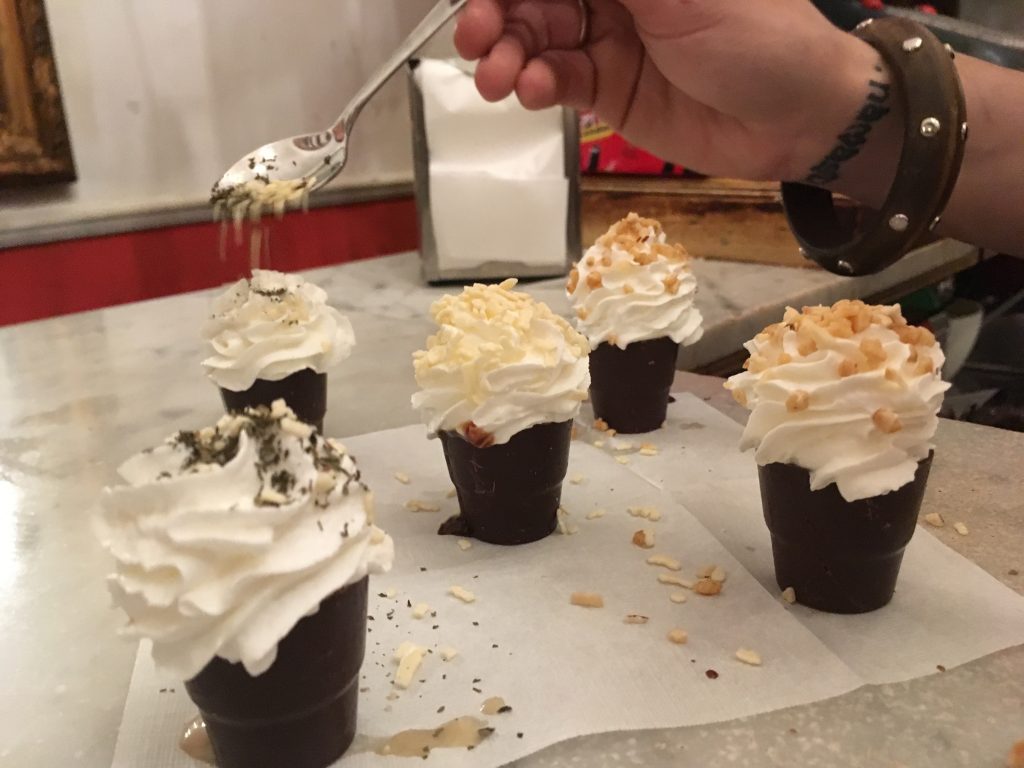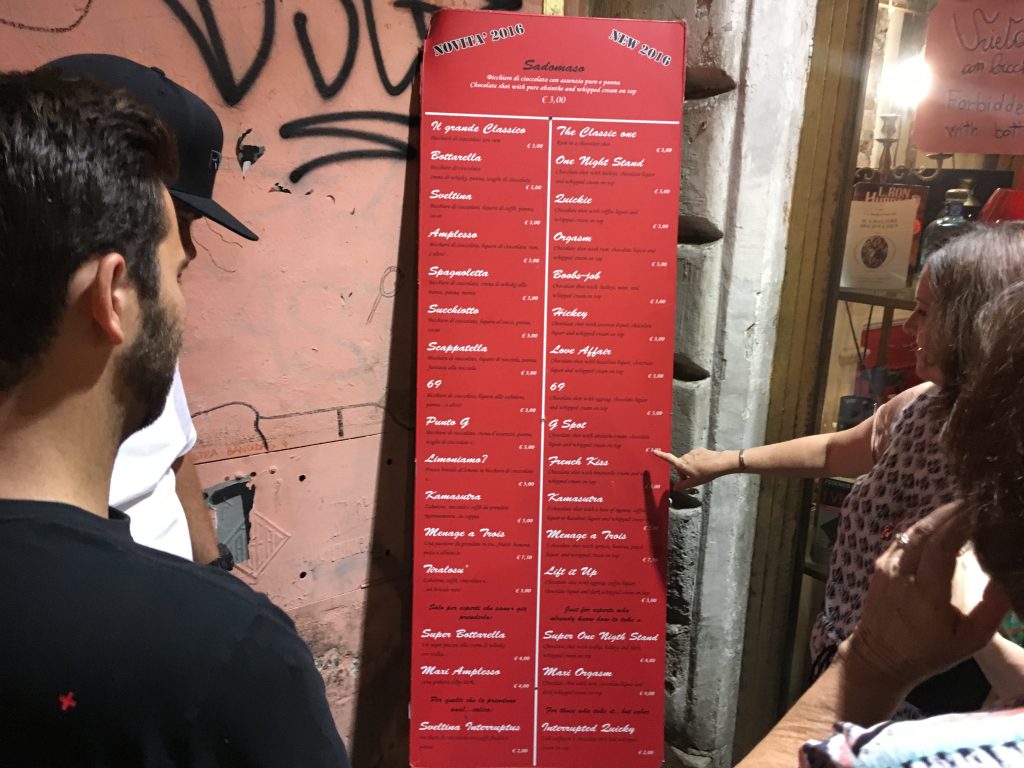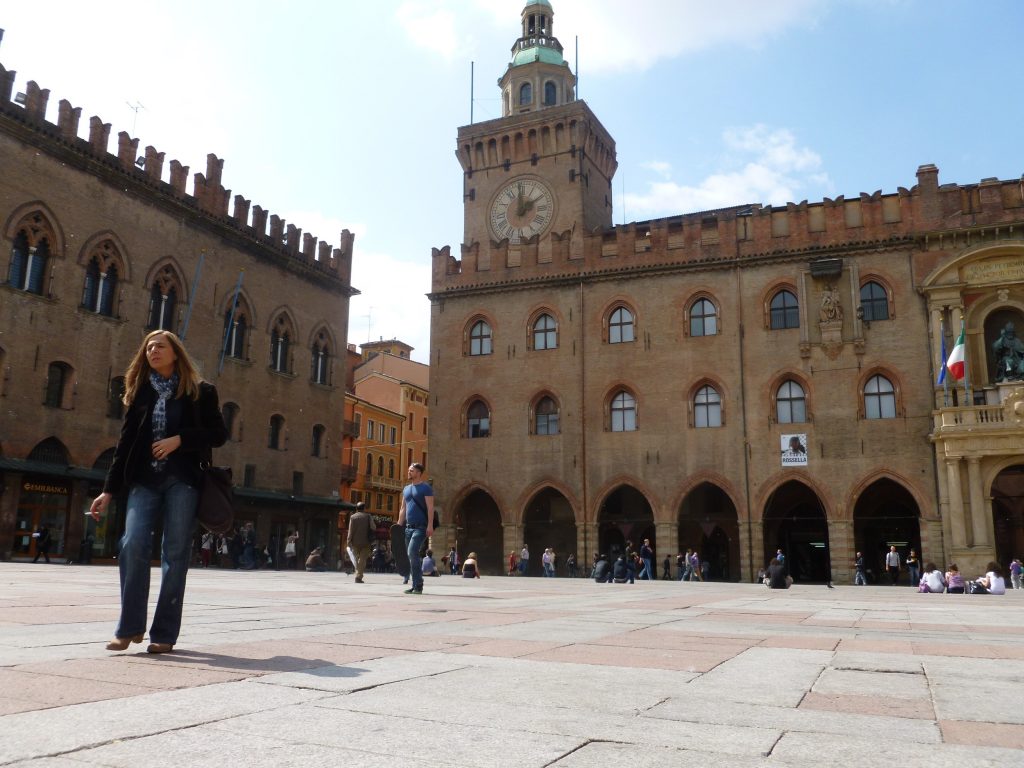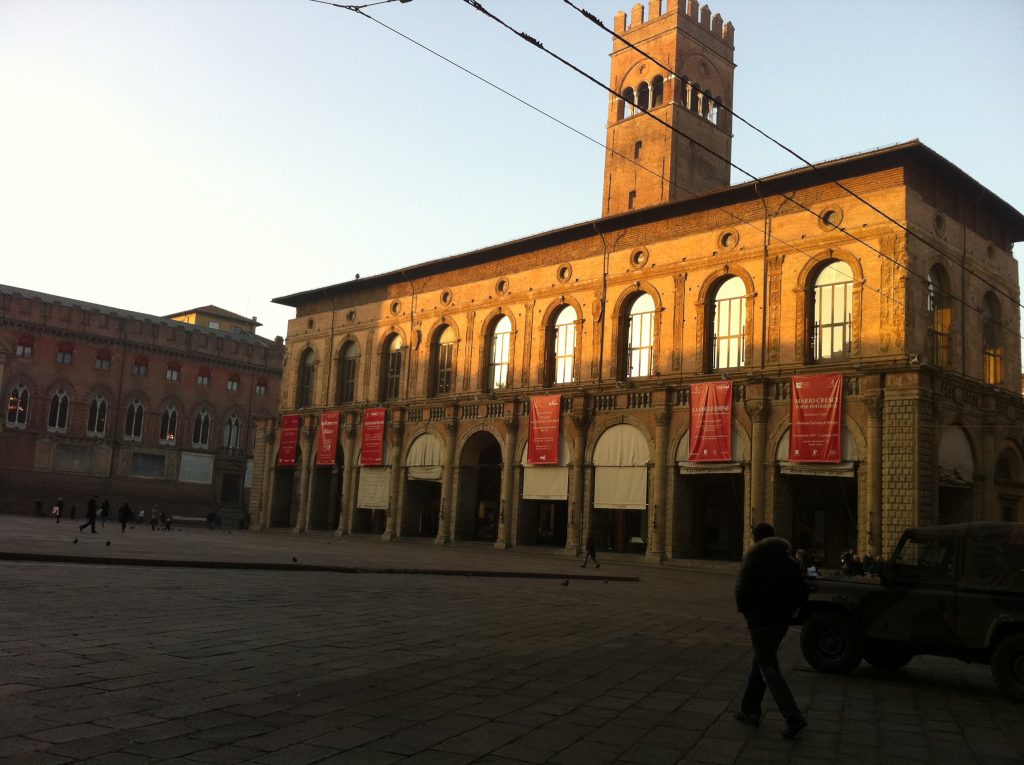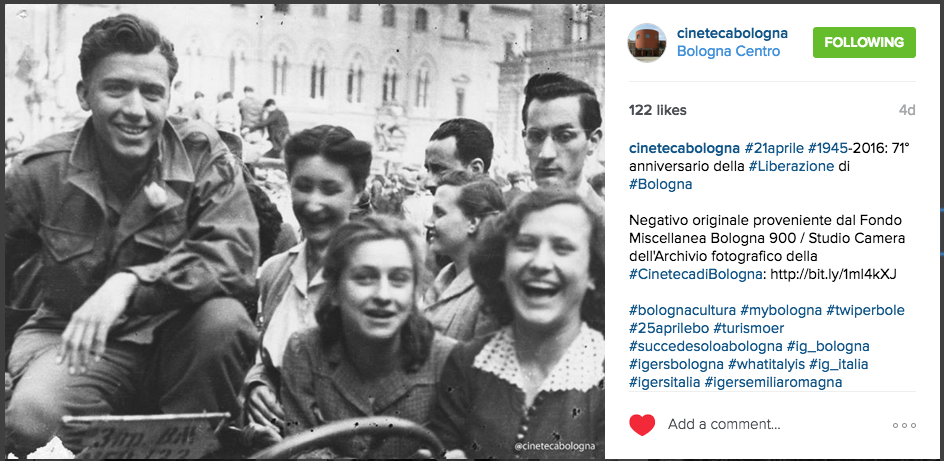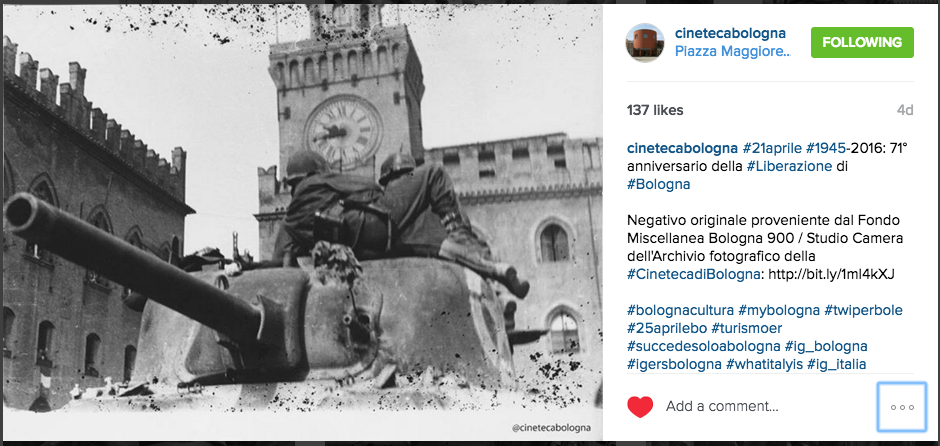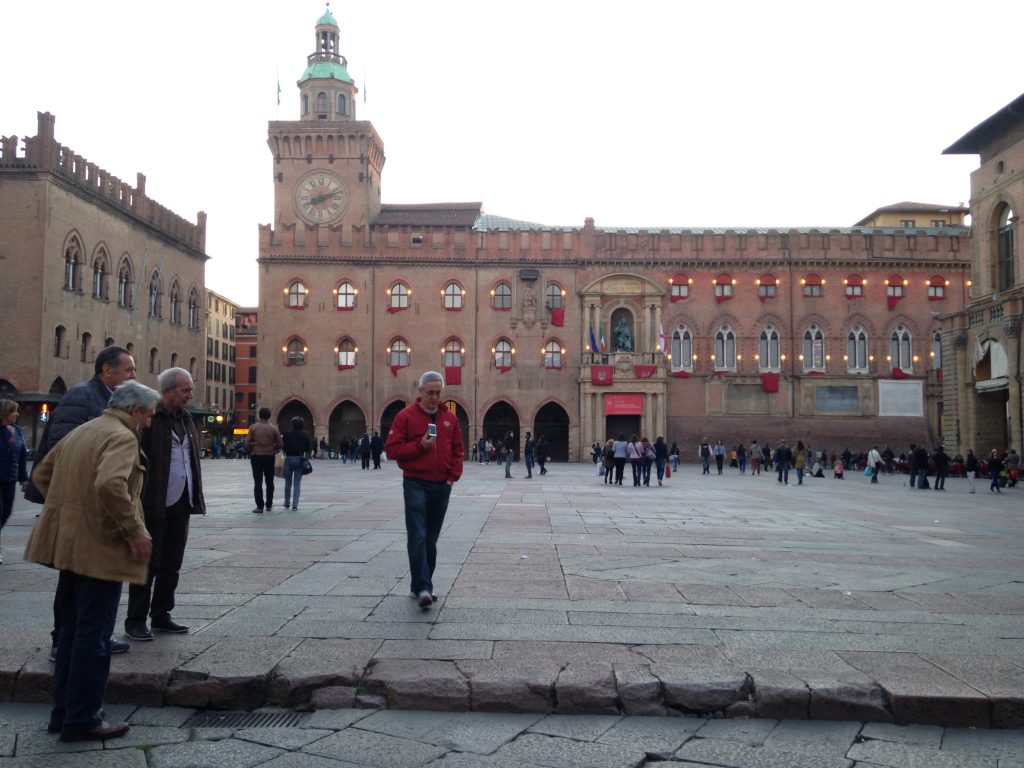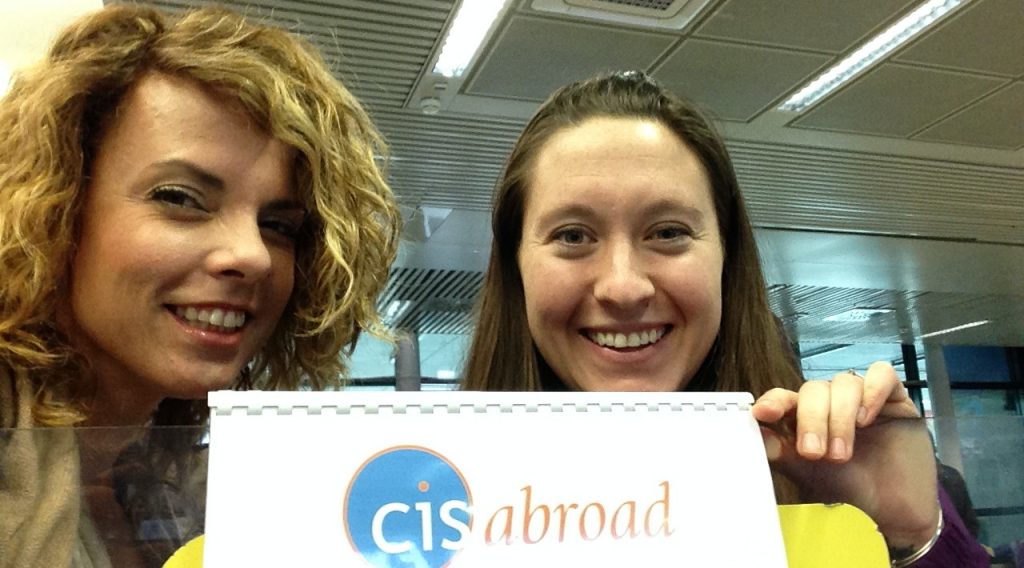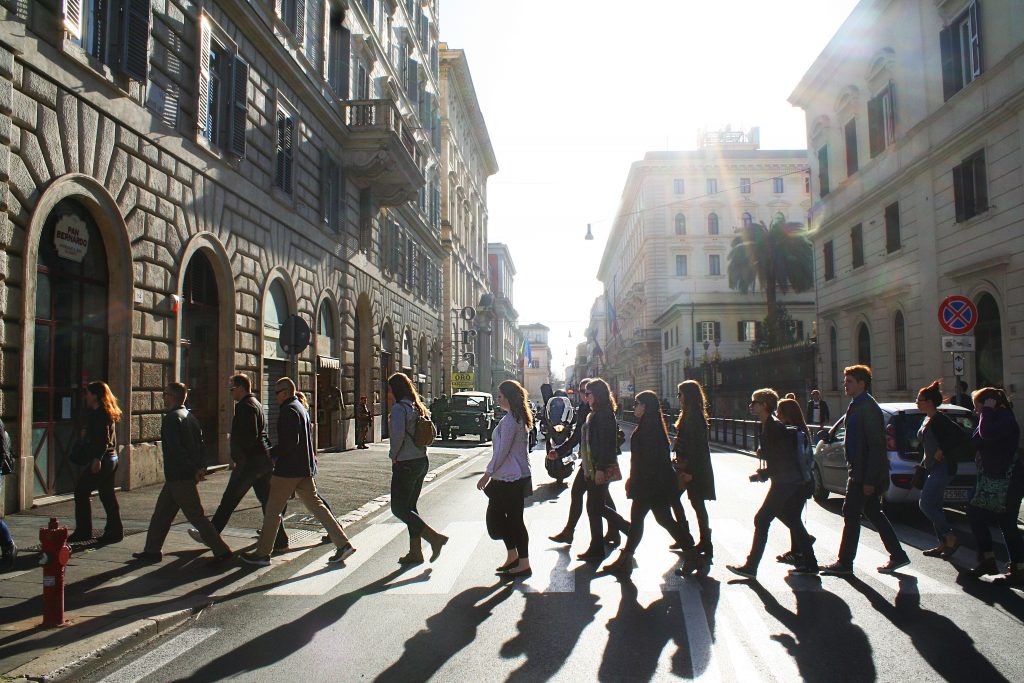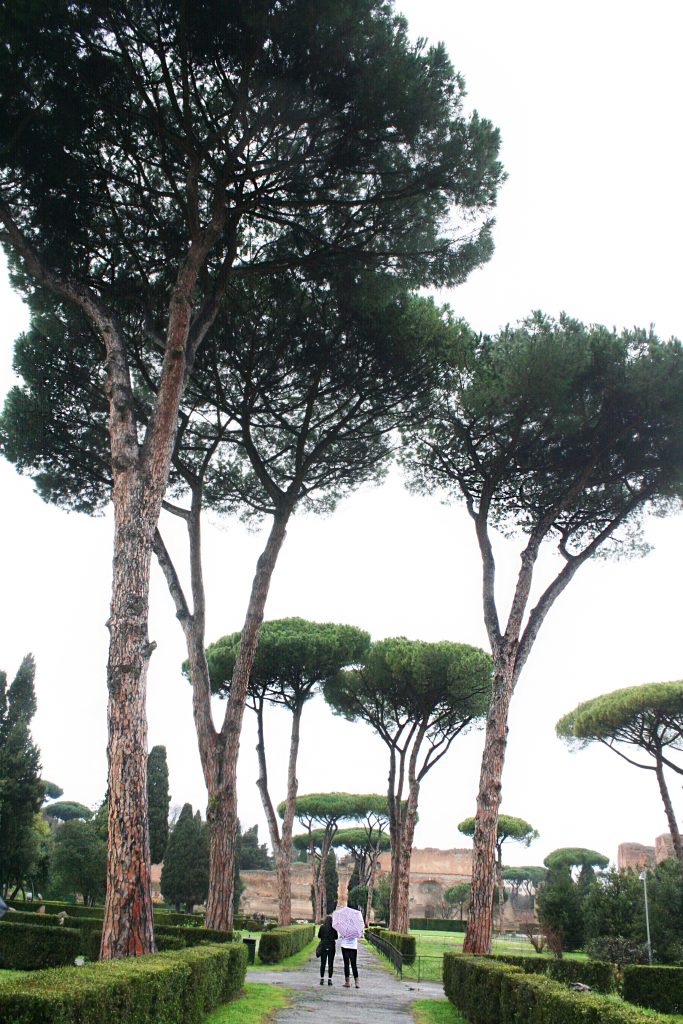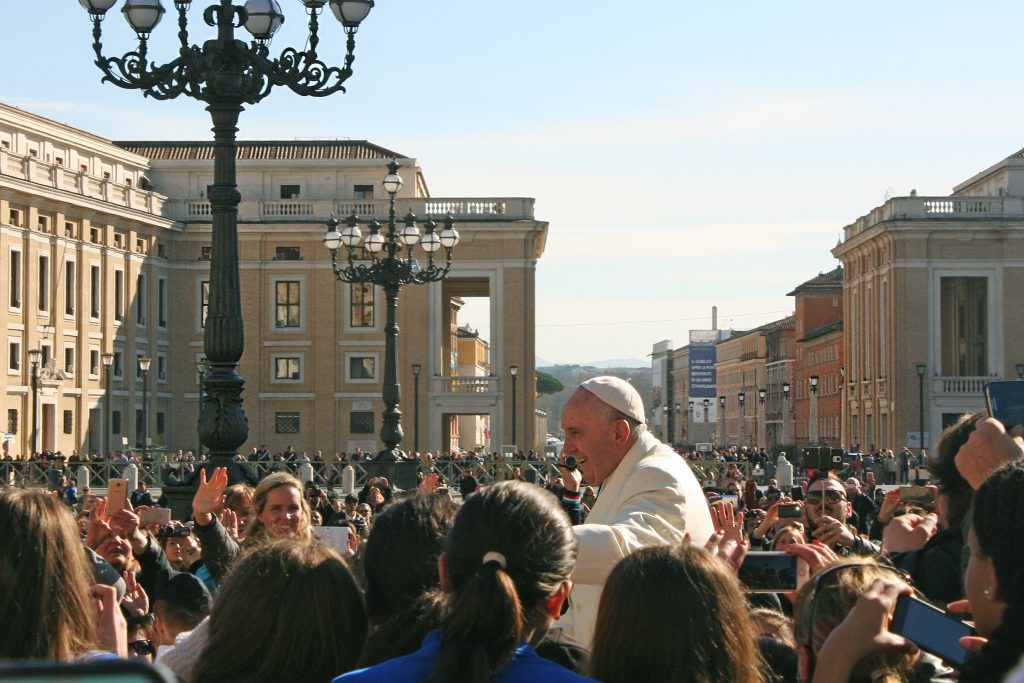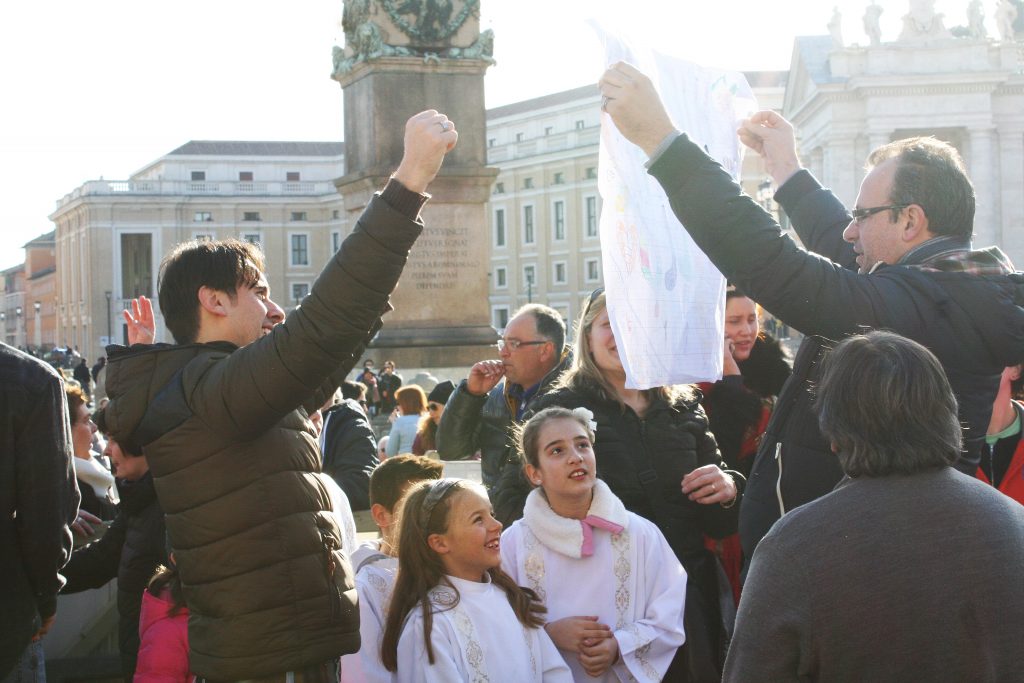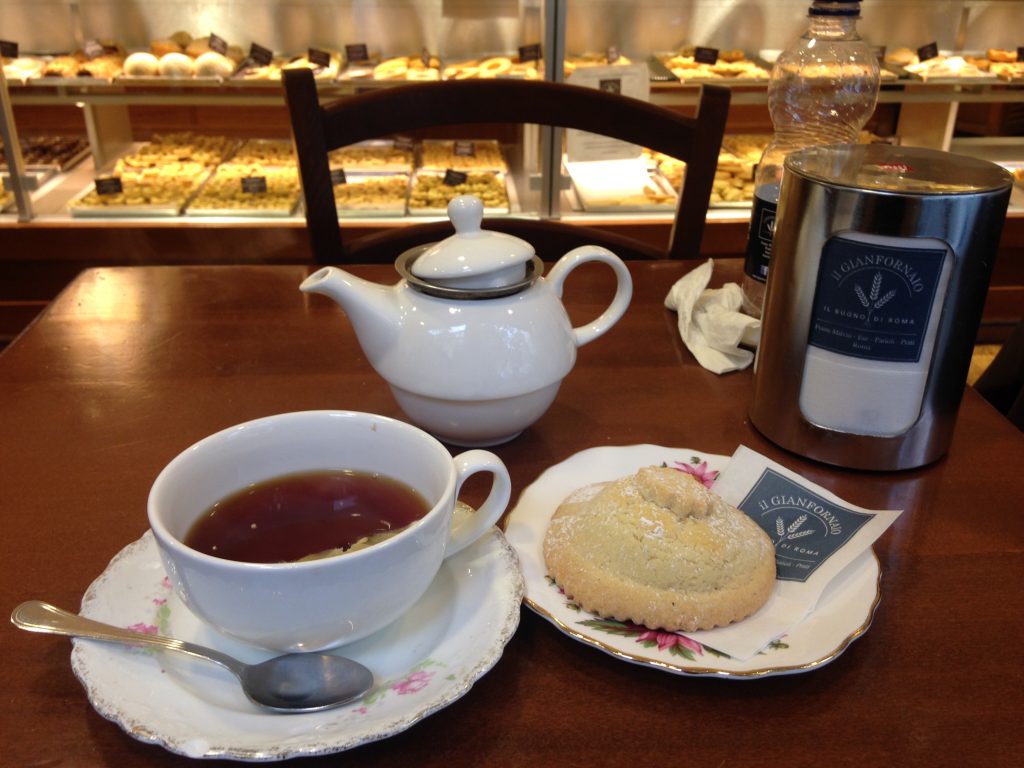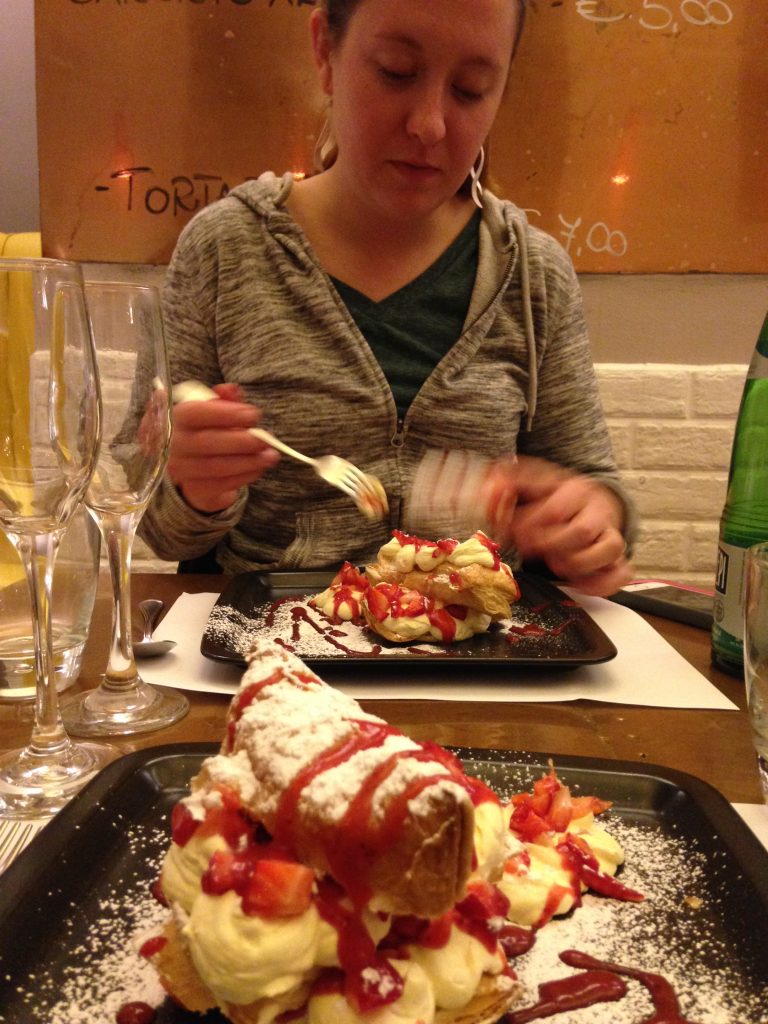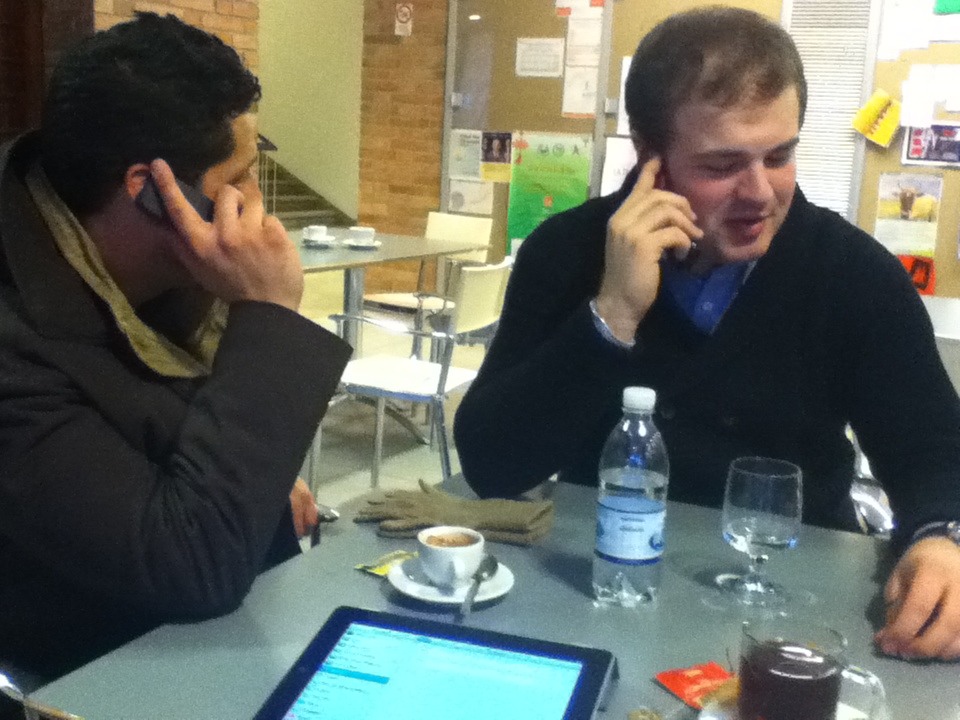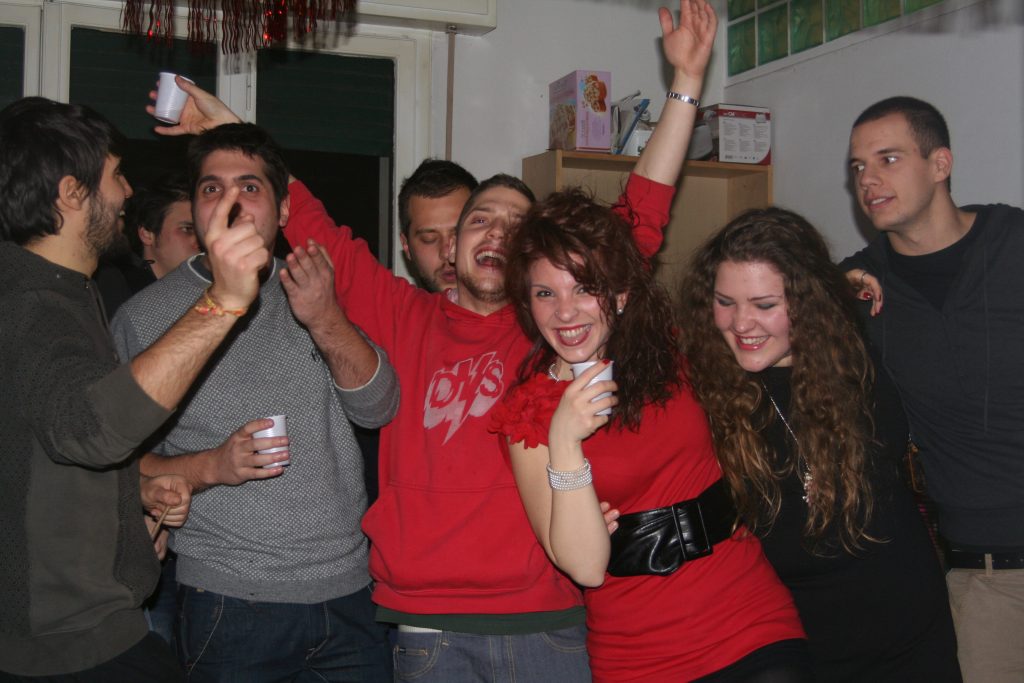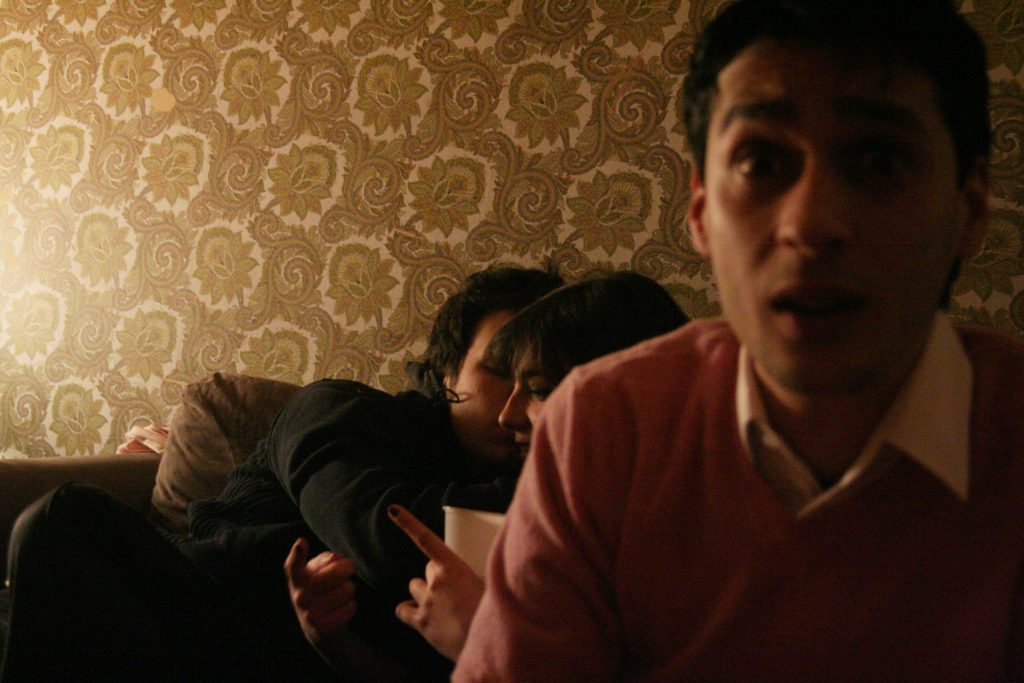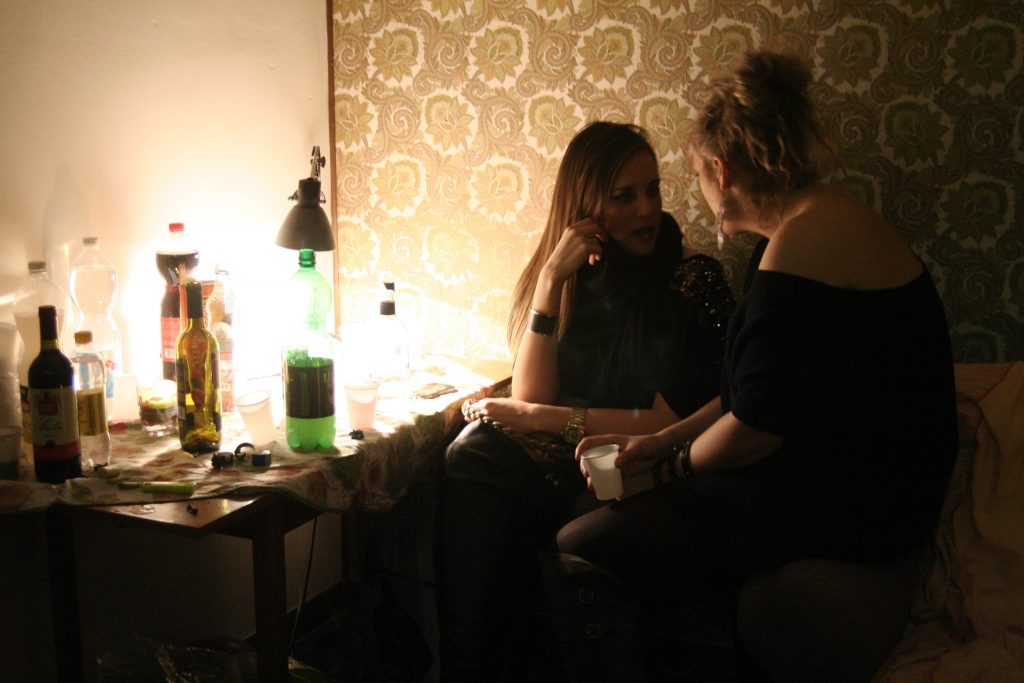A typical vacation in Italy is usually dominated by stops in Rome and Florence, and possibly Venice and the Amalfi Coast. But Rick Steves offered some wise advice that inspired me to write this for you: if you only visit a country’s major (and popular) cities, you’ll miss a glimpse of what the culture of that country is truly like. If I can convince you to amend your Italy travel plans to include at least one city that is not mentioned above, my work here is done. And my first suggestion is Bologna.
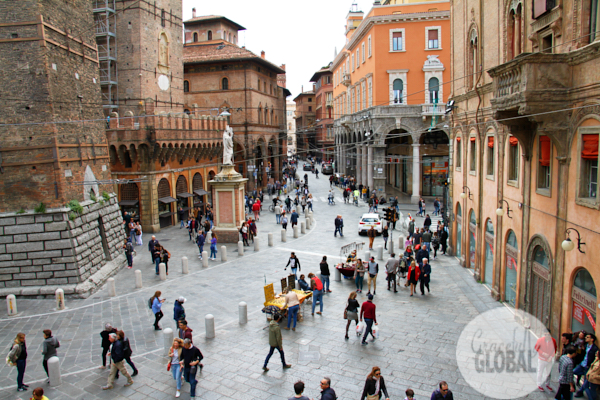
I’m slightly biased because Bologna was my home for nearly five years. When my master’s program at Carnegie Mellon University offered me a chance at a second degree at the University of Bologna – touted as the oldest university in the world, but I’ve heard rumors that it is the second oldest – I jumped at it, which would mark the first time I was in Italy as an adult.
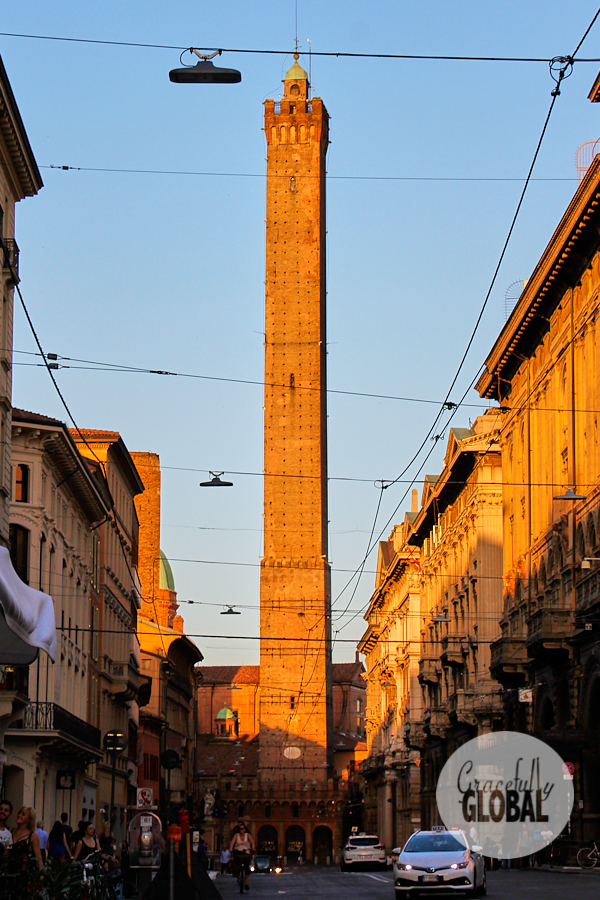
As an American, it was hard for me to grasp the size of Italy until I lived there. Smaller than my home state of California, Italy’s geographic accessibility makes frequent travel very doable, especially because Bologna is in the north central part of the country, making it a major travel hub for accessing the east and west coasts, and for traveling north by train or bus into other European countries. My numerous weekend trips exposed me to the striking diversity of culture and cuisine within the relatively small geographic area, a reminder of the youth of the nation, unified in 1861. It was my travels to the towns, cities, and countryside of Italy that helped me understand what made Bologna so unique.
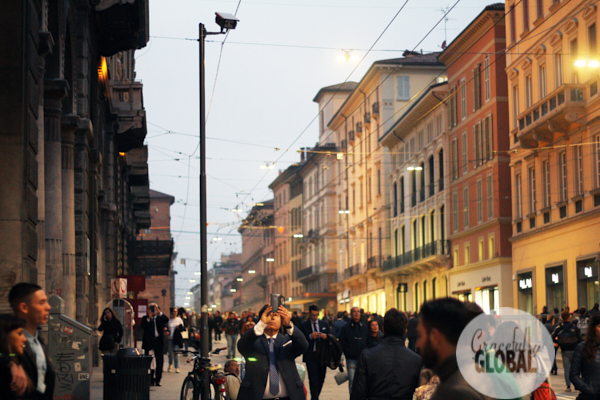
Boasting the world’s oldest university means Bologna is the world’s oldest college town, and if you’ve ever visited a college town, you know they often have a sort of different feel. The university has affected Bologna more than we’ll ever know, from the arcades you walk under that were added to support the expansion of the upper levels of buildings toward the streets to provide more housing for the students, to the graffiti you see on the walls; so many of Bologna’s signature characteristics are byproducts of the college influence.
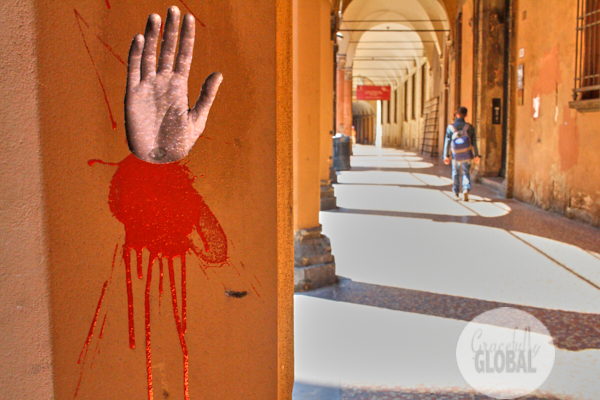
Bologna is known to Italians as the city of “la dotta, la grassa, e la rossa,” which translates to “the learned, the fat, and the red.” The politics stemming from the professors and students making up much of Bologna – “the learned” – differ from most of Italy, resisting fascism and supporting communism for many years. This is where “the red” comes into play, but some believe “the red” also signifies the beautiful tone of the architecture of the city, which shines red if you ever look at photos taken from high above the city from one of its signature towers. And “the fat” predictably signifies Bologna’s famous rich cuisine.
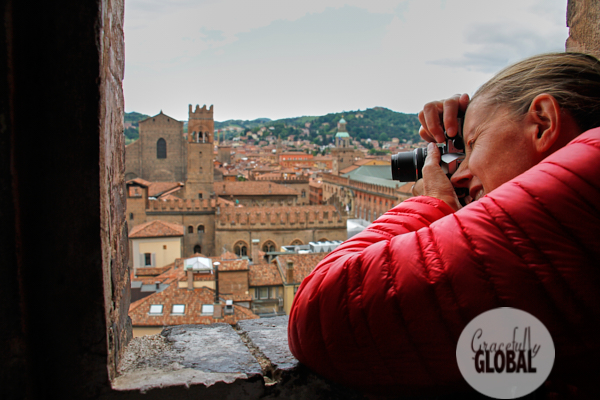
As a vegetarian and not so inclined to Bologna’s typical meat-centric dishes, my favorite food memory in the city of “la grassa” is sitting outside on a sidewalk patio of the famous Tamburini along one of the tiny streets in the historic center on a Sunday, and enjoying people-watching, medieval architecture, a bottle of Lambrusco or Pignoletto, and a platter of regional cheeses (and cured meats and mortadella for my non-vegetarian friends), accompanied by tigelle, which are unique circle-shaped flat rolls typical to the region.
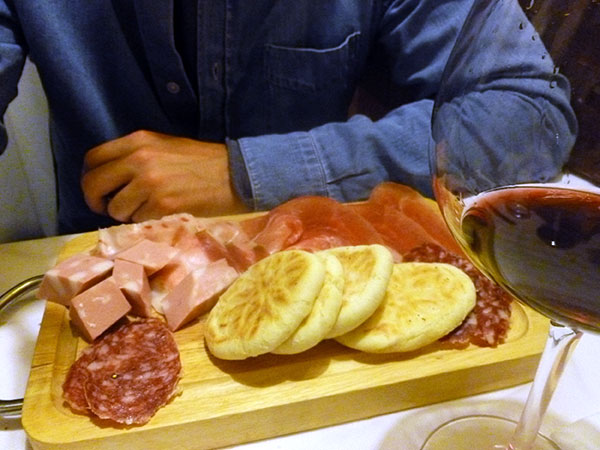
After dinner, there is no shortage of bars and clubs to fill up your night and into the wee hours of the morning if you so choose, as the large student population has also influenced nightlife, making Bologna known as the city of the night.
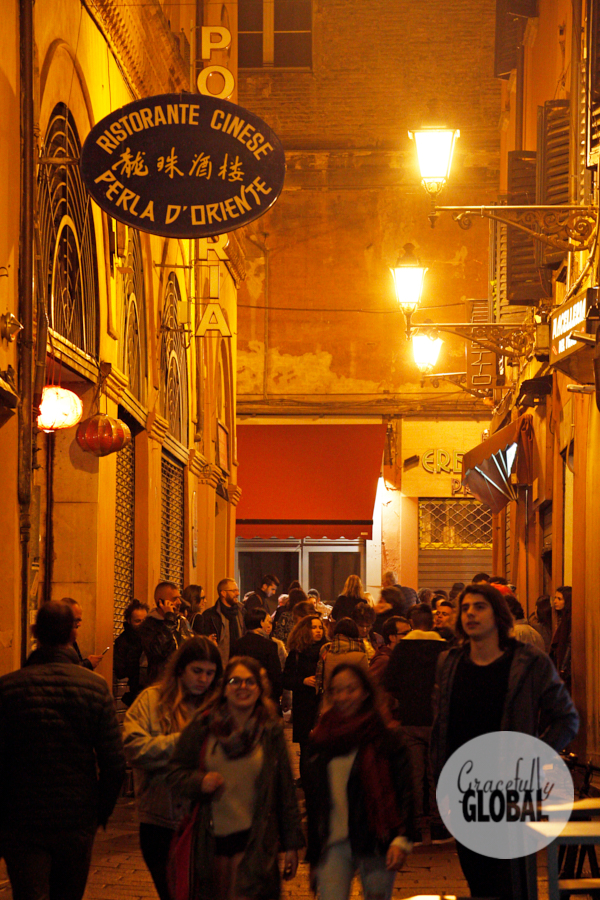
You can also just grab a bottle of wine or beer at a small market and join the students sitting and socializing in the gorgeous piazzas.
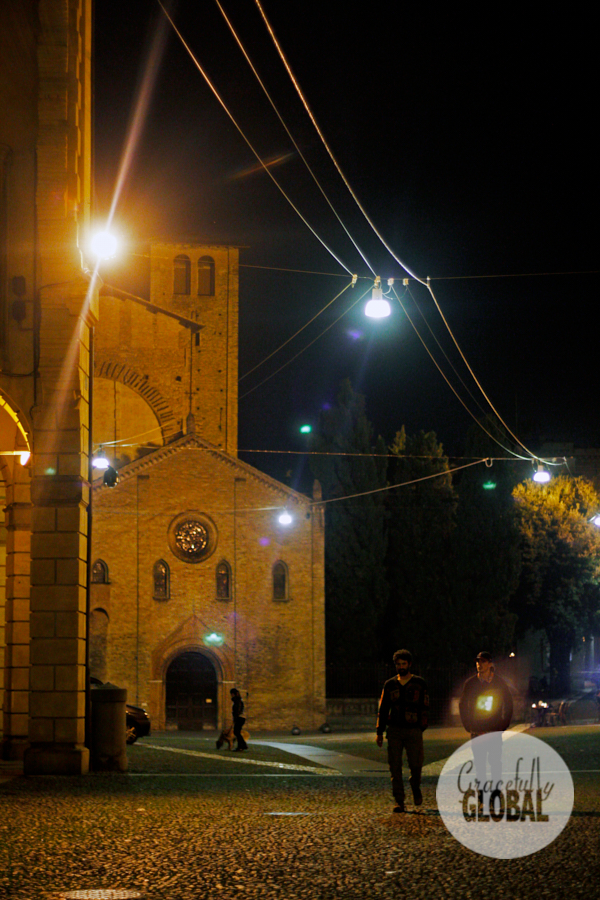
Ultimately, it is Bologna’s environment that won my heart over. Bologna’s architecture is among the most beautiful I’ve experienced in Europe. After living in Florence for a year and returning to Bologna, I found myself treasuring the portico (arcade) lined streets even more, marveling at the different styles of porticos.
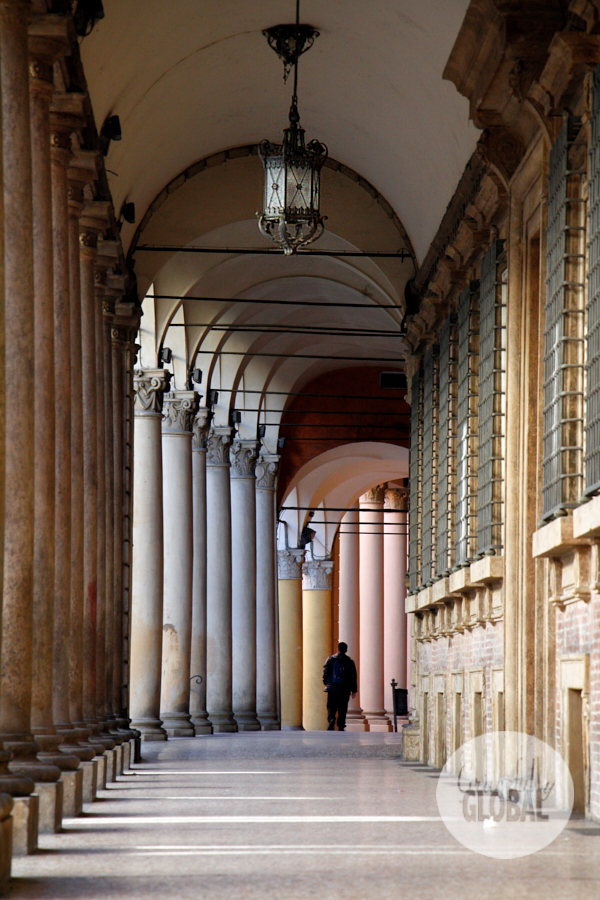
And even though I’ve passed them hundreds of times, I will still take the time to admire Bologna’s towers caught in perfect light.
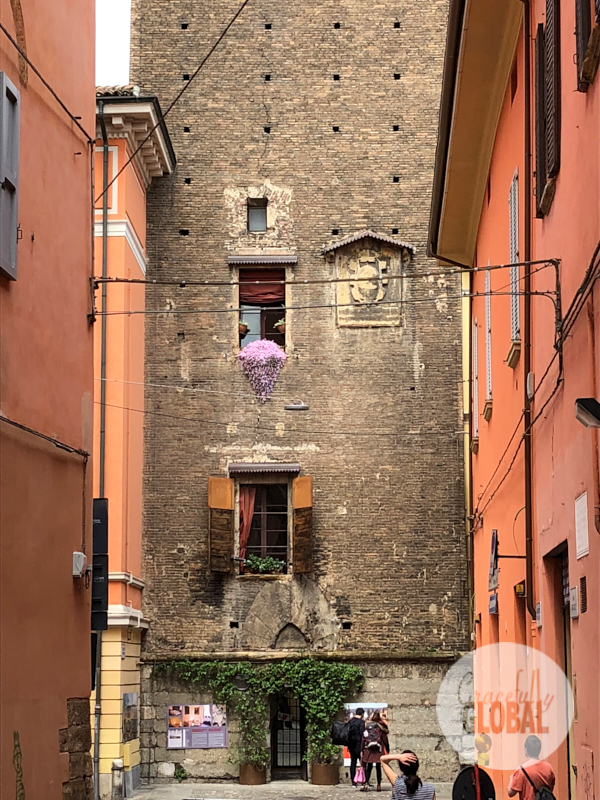
Some of the towers are open to the public, which give you a chance to catch a view of “la rossa” from high above the city. And the beautiful environment doesn’t stop at the city’s architecture.

Enjoying the famous hilled countryside is as easy as making the popular five-kilometer walk from the historic center on the winding, portico-lined sidewalk to the Santuario della Madonna di San Luca – an icon of the city of Bologna – where you can pay a small fee to enjoy the lookout from the back of the church over the stunning countryside.
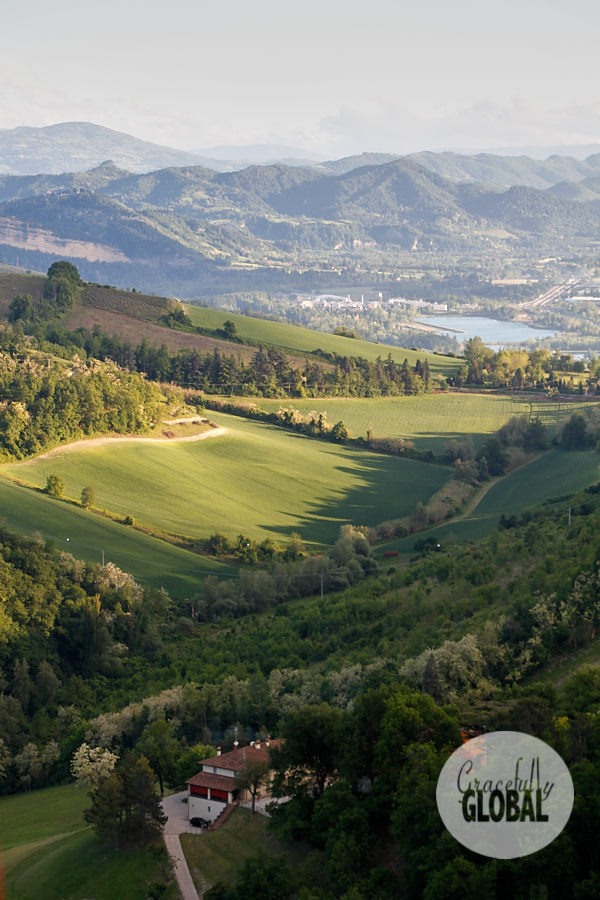
I hope this small introduction to Bologna will inspire you to pay a visit to this beautiful city, easily reached by plane, train, bus, or car. If you are interested in learning more about specific destinations and activities to pursue in Bologna, try visiting the hyperlinks in the article to reach my Instagram and blog posts with more detailed descriptions, or visit one of my other posts linked below.
- Let us lead you through our favorite places in Bologna in this fairly hilarious video we managed to piece together before we had iPhones.
- Watch me give a tour of one of Bologna’s most iconic towers.
- See more of my photos of the “city of the night.”
- Bologna’s tourist office offers many creative tours.
- Don’t miss one of my fave quick visits: “Compianto sul Cristo Morto” at the Chiesa di S. Maria Della Vita in the heart of Bologna.
- More photos from early in my Bologna experience.

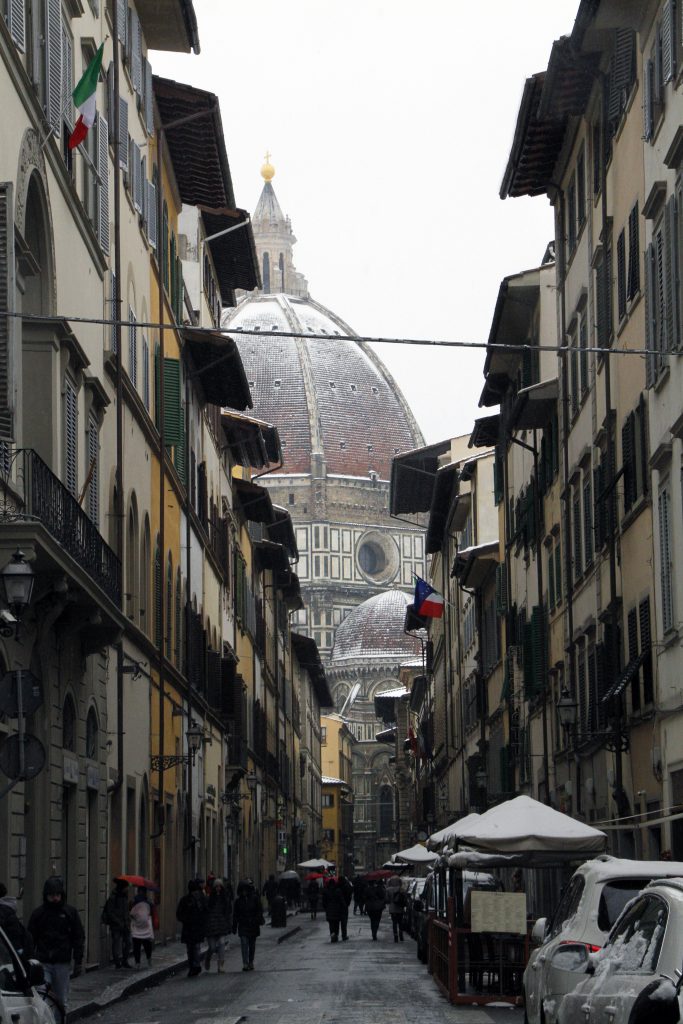

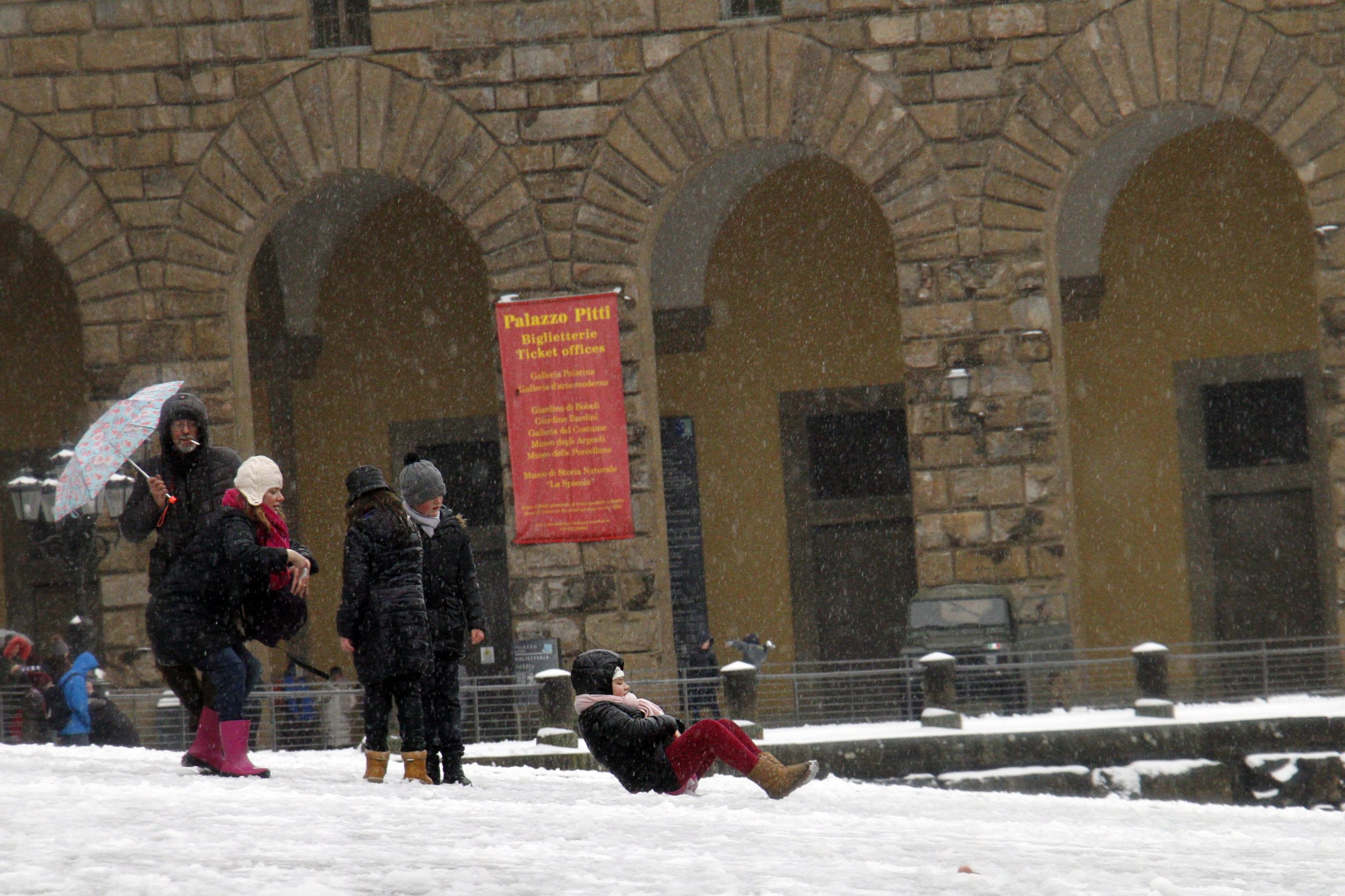
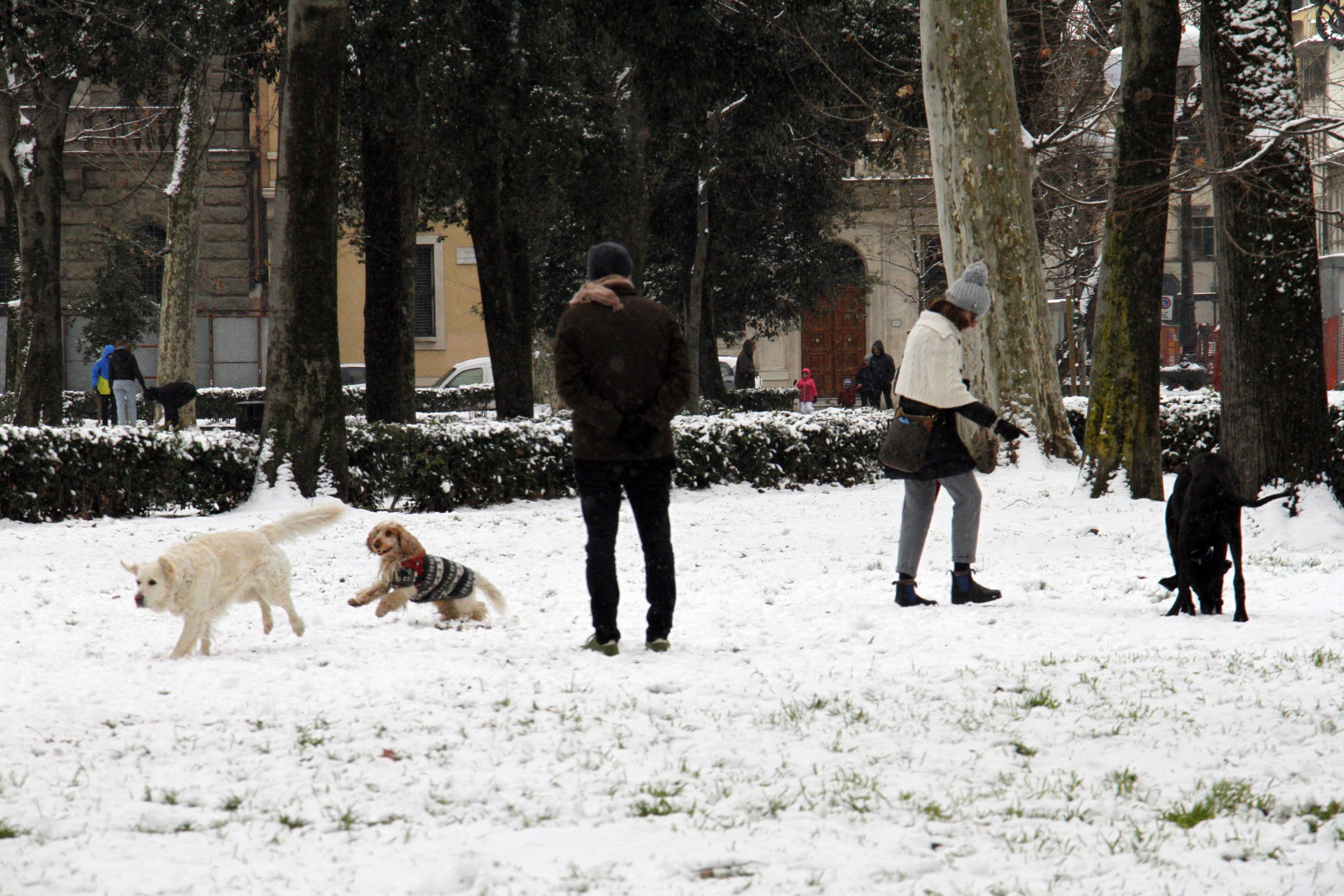
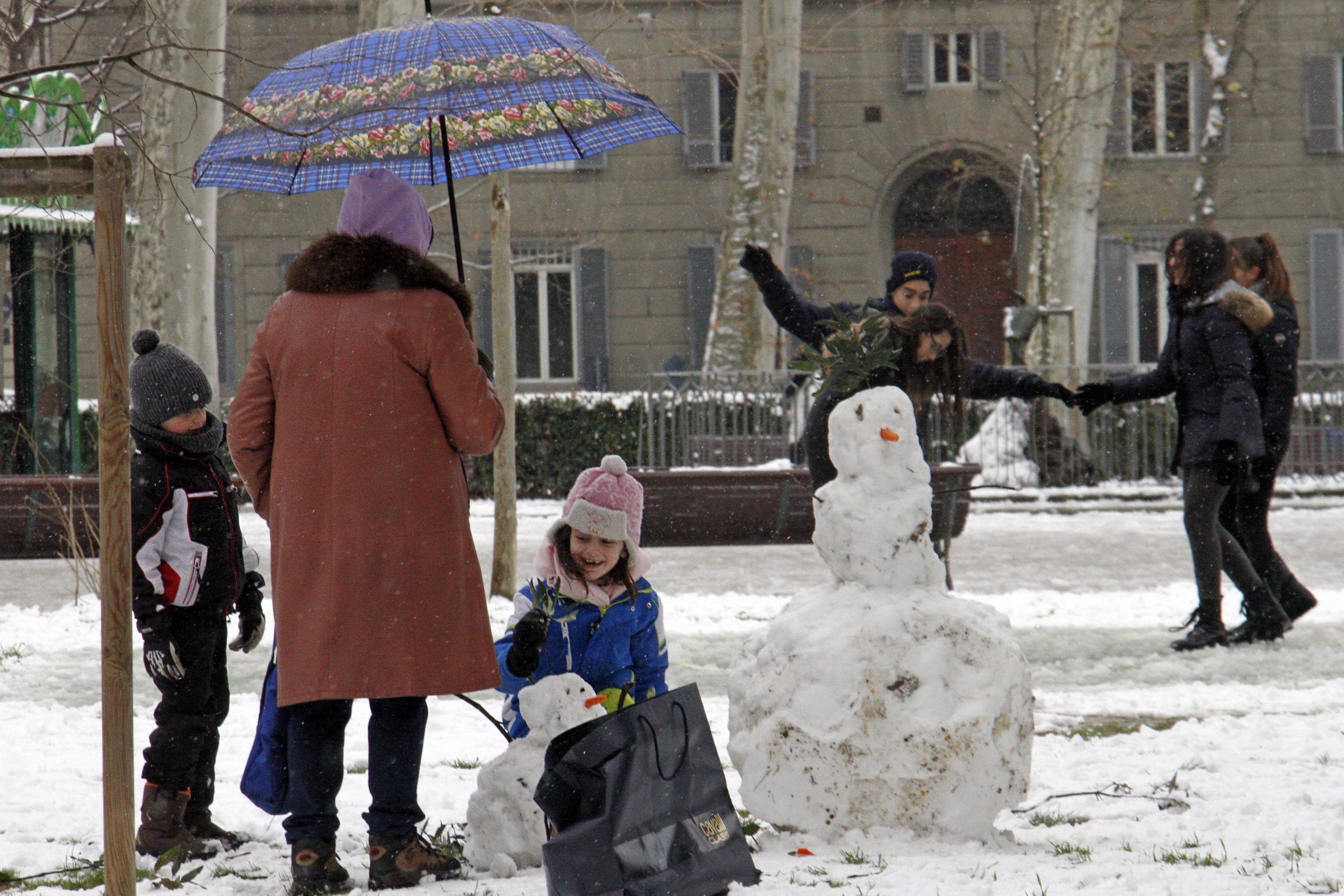
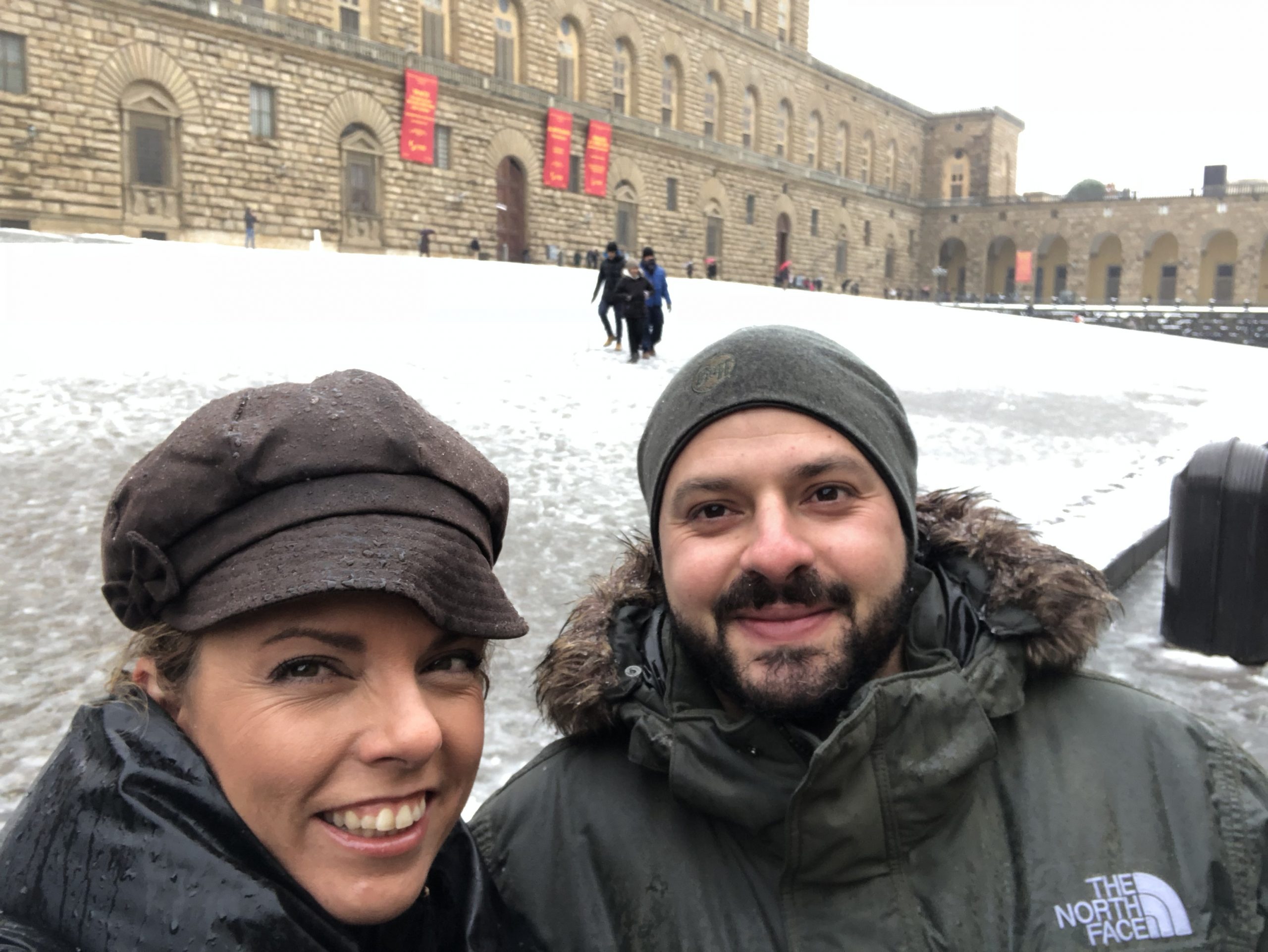
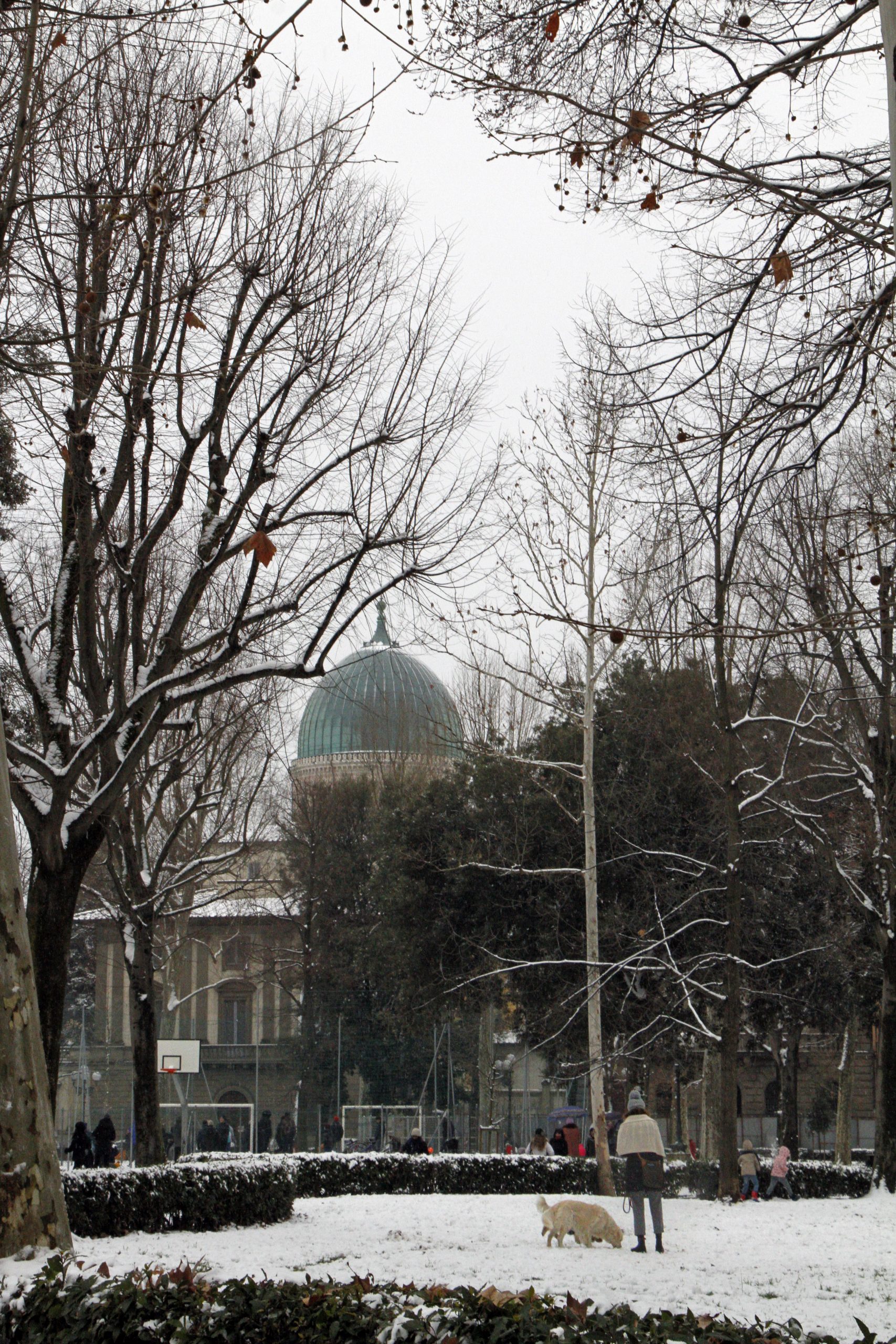
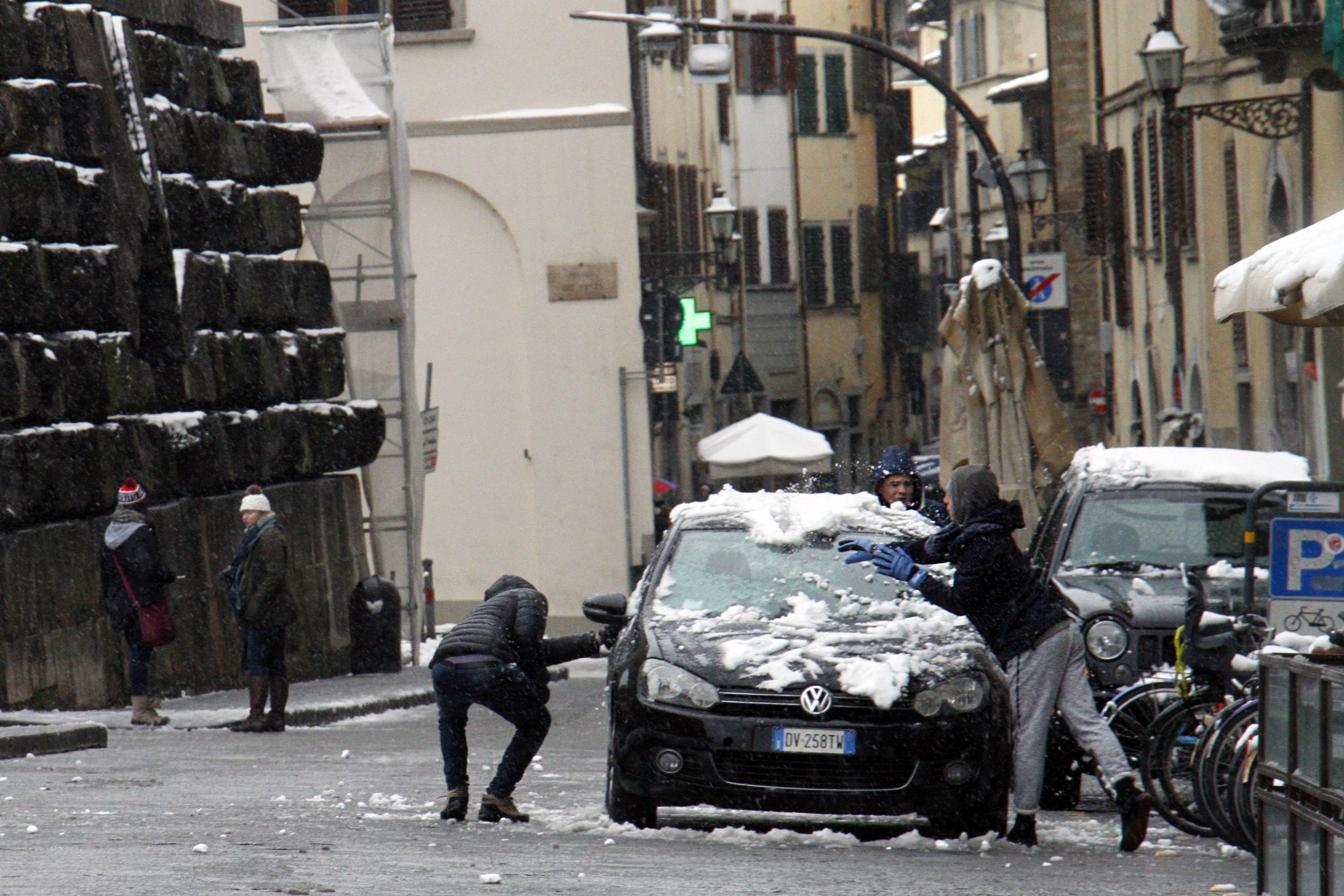
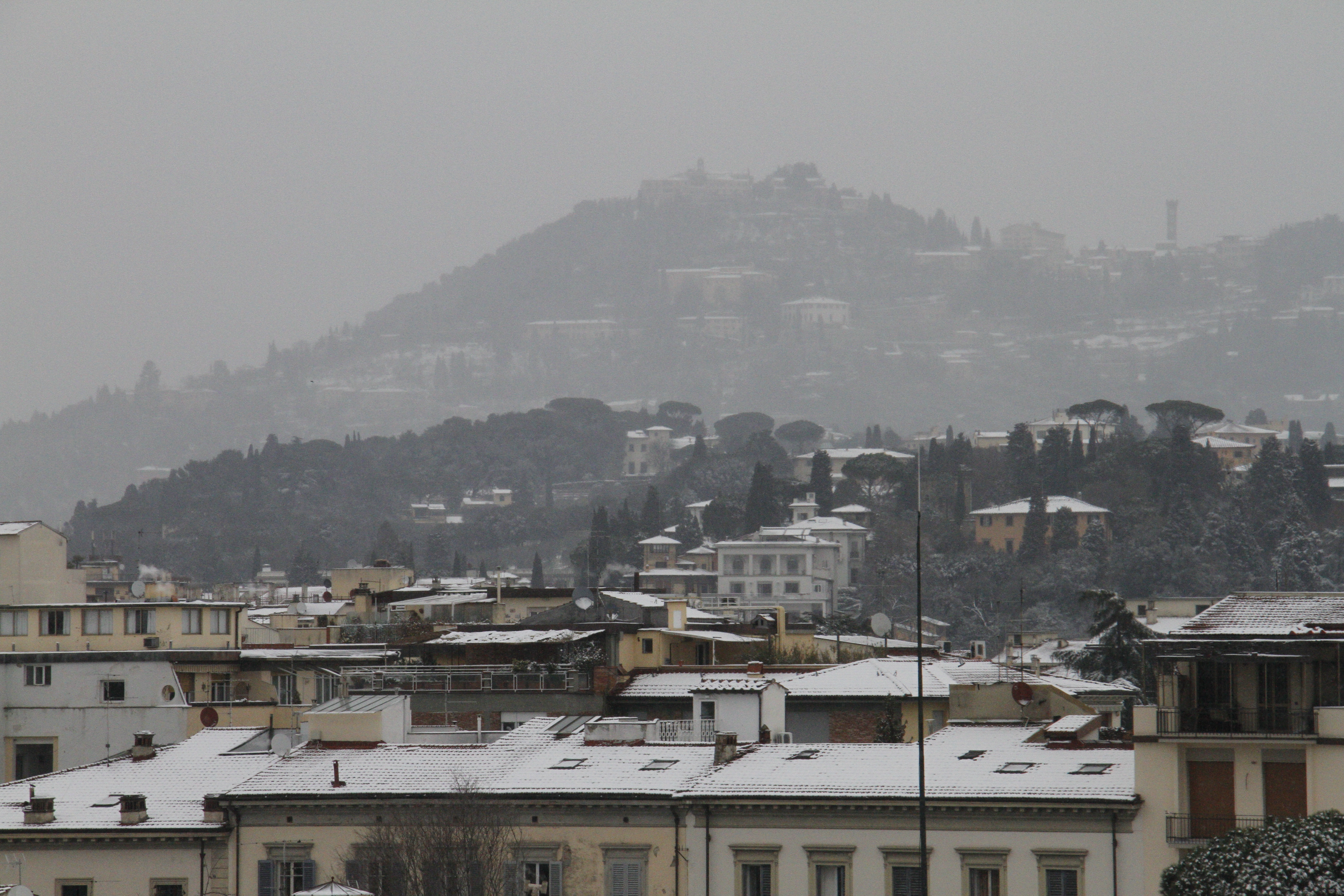
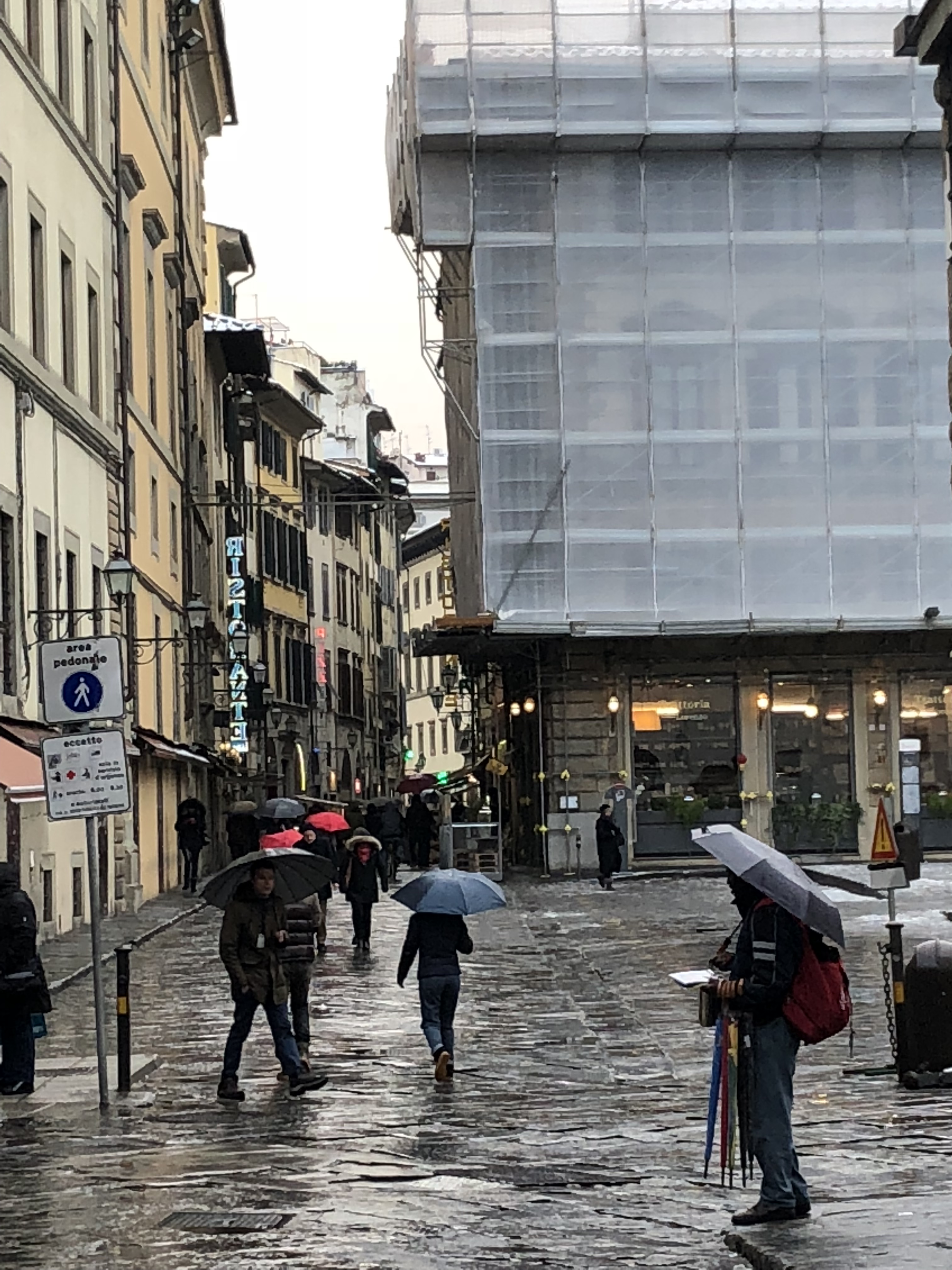
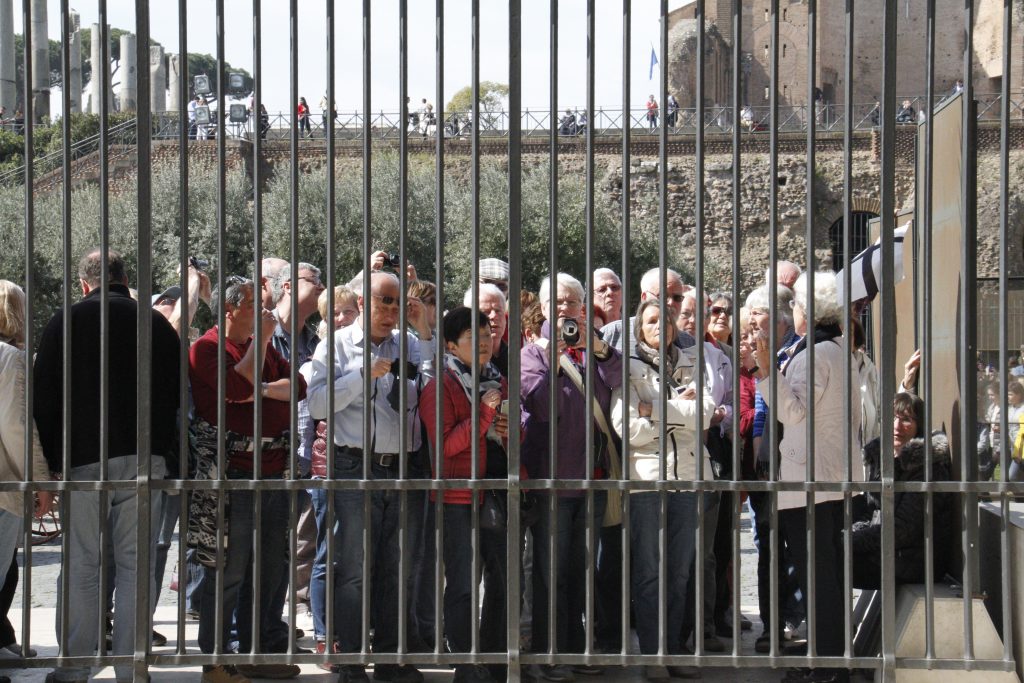
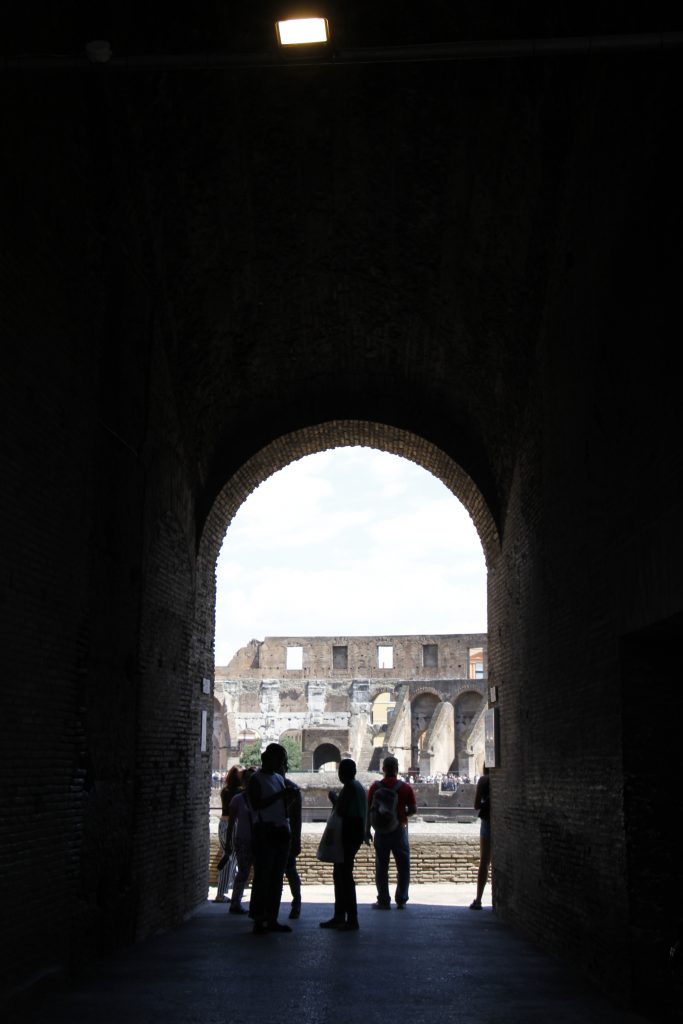
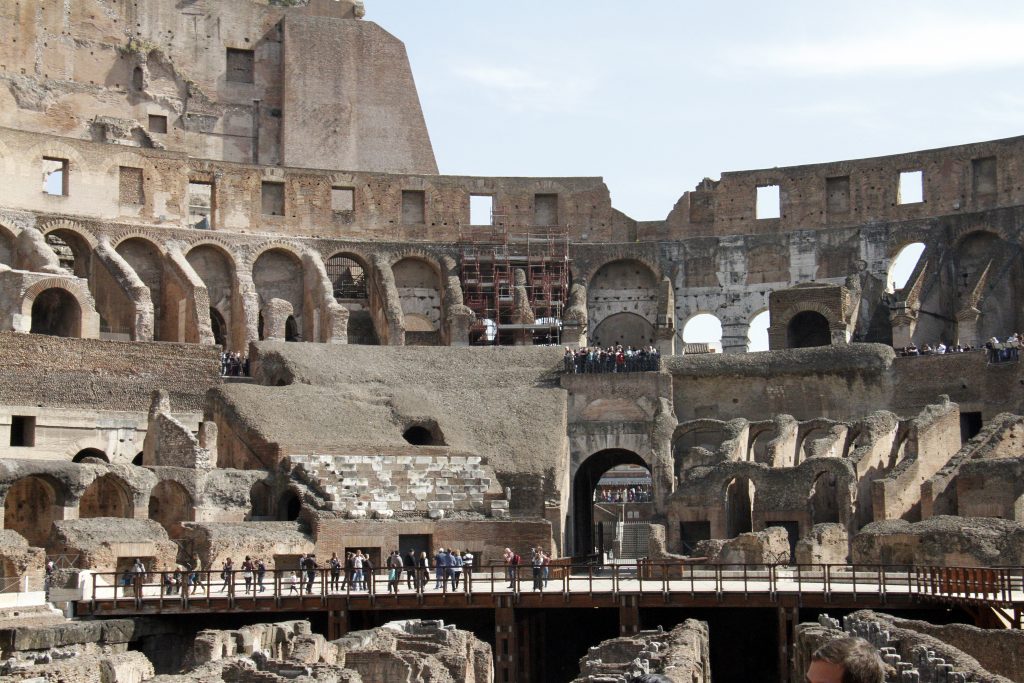
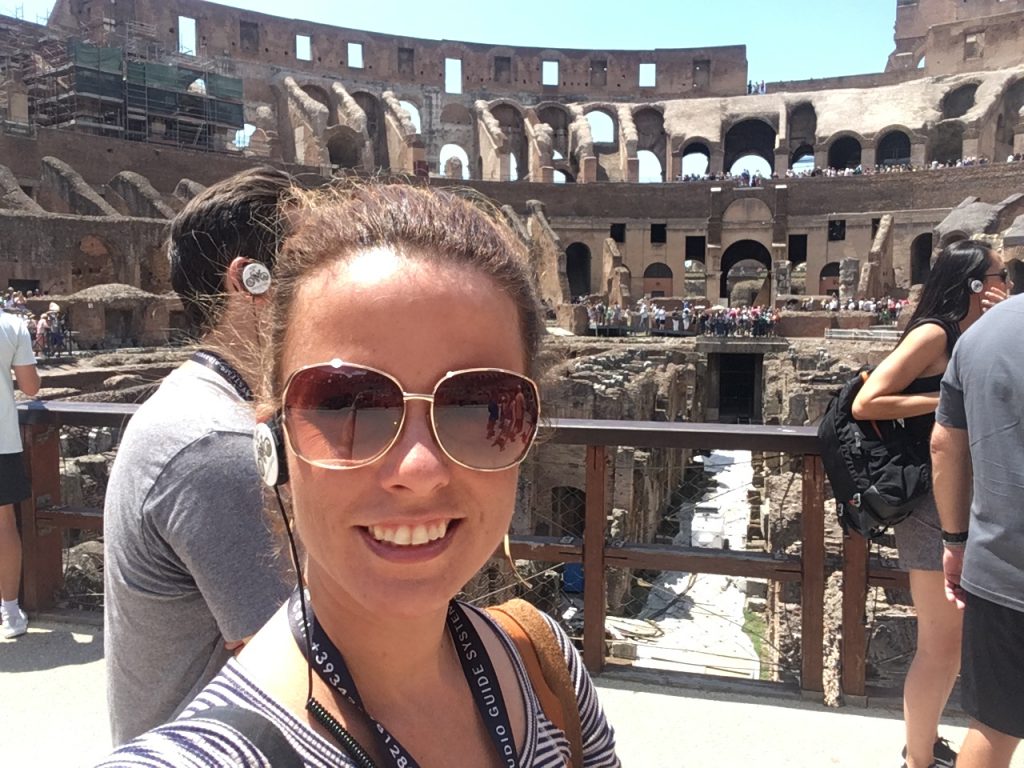
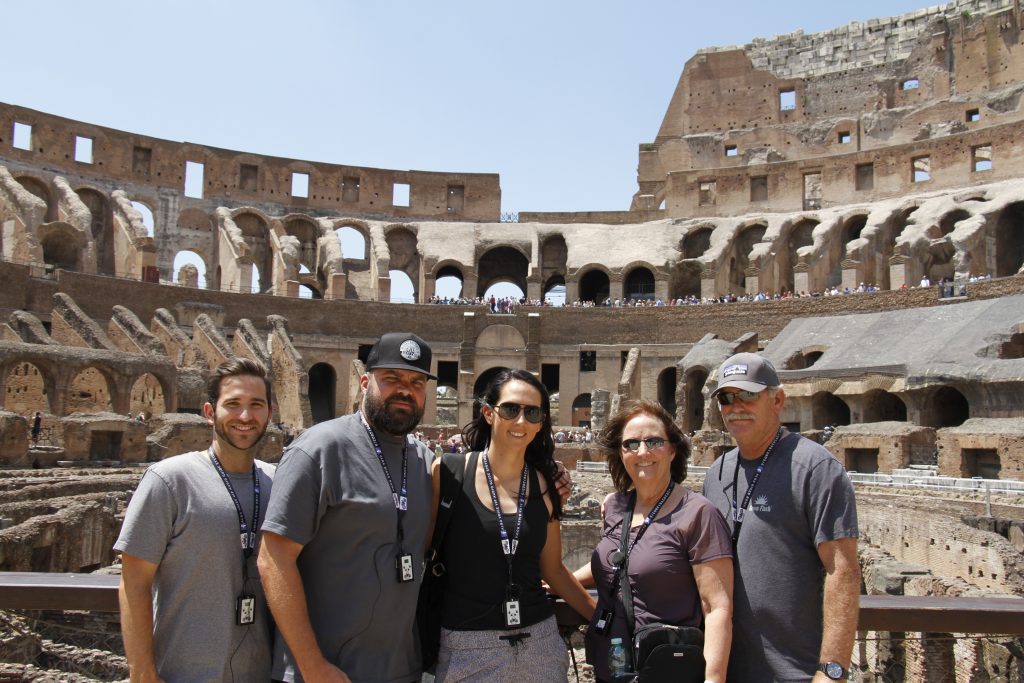
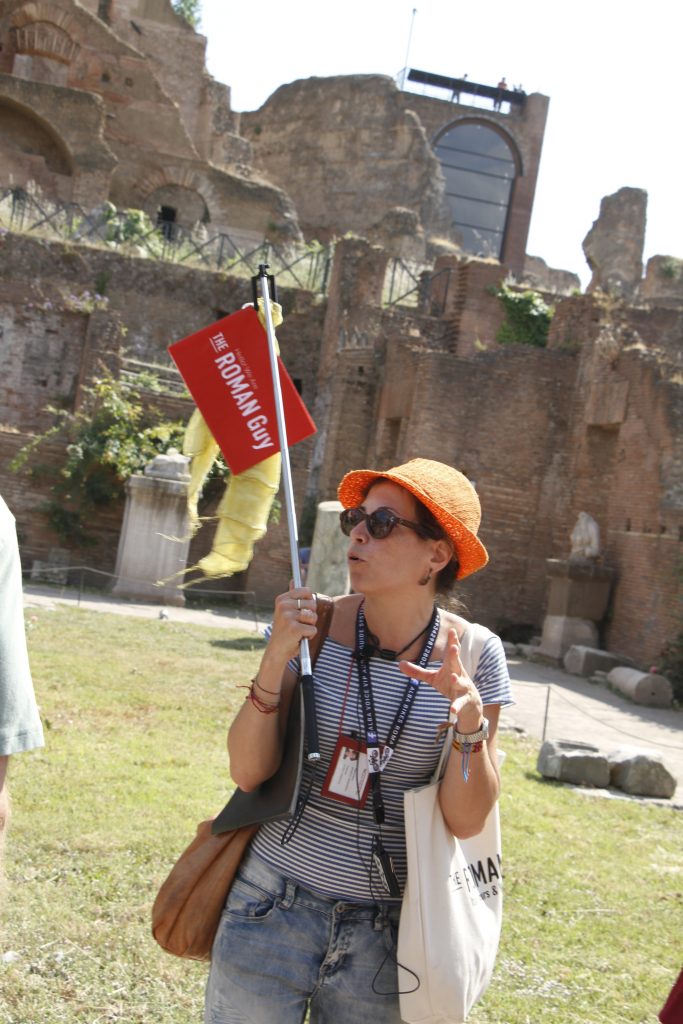
 Our sweet and knowledgeable guide had great visuals to accompany her talks.
Our sweet and knowledgeable guide had great visuals to accompany her talks.